In the Spring of 1980 Tom Wilhite, a vice-president at Walt Disney Productions, had been tasked with developing a list of new talent. In recent years the company had encountered a problem maintaining the success of their feature film productions. Once a mainstay of family-oriented entertainment, Disney now faced challenges from a new generation of filmmakers like Steven Spielberg and George Lucas – whose 1977 smash hit Star Wars had effectively reshaped what popular audiences expected from American cinema.
Faced with a new Hollywood landscape, Disney had initially attempted to continue on regardless with the same sort of product they had been presenting for decades. Even when an attempt had been made to emulate Star Wars with the costly science fiction thriller The Black Hole, Disney had still relied on the same directorial talent. That film was directed by Gary Nelson, then best-known for helming The Boy Who Talked to Badgers (1975) and Freaky Friday (1976).
It was clear that, behind the camera at least, Disney desperately needed new filmmakers with new ideas. That need led to Wilhite developing a list, and one of the names on his list was Walter Murch.
What is remarkable about Murch’s presence on Wilhite’s list is that, at the time, Walter Murch was not a director at all. He was originally a sound engineer, and then a writer and editor. In 1980 he was already an Academy Award winner and three-time nominee for his work on Apocalypse Now and Julia. In both sound and editing roles Murch had innovated extensively, and had worked with the exact sort of new filmmakers that Walt Disney Productions needed to attract: Francis Ford Coppola and George Lucas.
Murch was invited to meet with Wilhite, and was very receptive to the idea of directing a feature film. During that first meeting he expressed an interest in working on a film based on the works of L. Frank Baum, creator of the popular The Wonderful Wizard of Oz and its sequels. As it happened, Disney held the screen rights to several of the Oz books. It must have seemed a perfect opportunity.
Five years later, Walter Murch’s Return to Oz limped into cinemas worldwide to disastrous reviews and audience disinterest. On the way, the film went through rewrites, fights over the budget, abrupt firings – including of Murch himself, studio interference, and personal interventions by major Hollywood talent. It is telling that, one episode of the animated series Star Wars: The Clone Wars aside, Murch never directed again.
The Wonderful Wizard of Oz hardly needs much in the way of an introduction. The popular children’s novel was written by Lyman Frank Baum and first published in 1900. The novel chronicled the adventure of young Dorothy Gale and her pet dog Toto, who are carried by a freak cyclone to the magical land of Oz – where her only chance of returning to her Kansas home is to meet the mysterious wizard at the heart of the Emerald City. She is accompanied on her journey by an animated tin woodsman, a talking scarecrow, and a cowardly lion, and is gifted a pair of magical silver shoes.
In 1902 a musical theatre adaptation of Baum’s novel was successfully staged in Chicago, and toured across the United States – including 293 performances on Broadway. As for Baum, he continued to write and publish a range of short stories, poetry collections, and children’s novels. As far as he was concerned, the adventures of the land of Oz began and ended with the one novel.
In 1904, and facing considerable personal debt, Baum grudgingly wrote a loose sequel titled The Marvellous Land of Oz. When it too proved a commercial bestseller, the Oz novels became essentially tied to Baum’s career like a millstone around his neck. Between 1905 and 1920 another 12 Oz novels were published; the last two posthumously, after Baum died in 1918. Despite the Oz books comprising the minority of Baum’s published work, they are entirely what he is remembered for today.
When it came to adapt the Oz characters for motion pictures, it was Baum who set up his own production company and supervised them himself. There were initially four 15-minute shorts directed by Otis Turner: The Wonderful Wizard of Oz, Dorothy and the Scarecrow of Oz, The Land of Oz, and John Dough and the Cherub. The latter three have sadly not known to have survived. In 1914 Baum produced the feature-length film The Patchwork Girl of Oz, based on his most recent novel. It was directed by J. Farrell McDonald, and starred Violet McMillan as the Munchkin boy Ojo. While the feature was not commercially successful, Baum and McDonald completed another two features in the same year: The Magic Cloak of Oz and His Majesty, the Scarecrow of Oz. All three were distributed by Paramount Pictures.
In 1925 Chadwick Pictures produced a new adaptation of the first novel, The Wizard of Oz, that was written by, directed, and co-starred Larry Semon with Oliver Hardy as the Tin Woodsman. It was a critical failure and a box office disaster that personally bankrupted Semon. He was reportedly still deep in debt when he died three years later.
So to the most famous adaptation of Baum’s work, and a film that arguably eclipses the books in terms of public awareness, popularity, and ongoing appeal. Victor Fleming’s The Wizard of Oz was a lavishly staged musical film starring rising star Judy Garland alongside Frank Morgan, Roy Bolger, and Bert Lahr. Strikingly captured in full colour and boasting hugely memorable songs by Harold Arlen and E. Y. “Yip” Harburg, The Wizard of Oz was released to near-universal acclaim. Its popularity was such that MGM re-released the film to cinemas in both 1949 and 1955. It was its television premiere in 1956 that fully cemented the position of The Wizard of Oz as a classic family film for all time. By the time Walter Murch’s Return to Oz was theatrically released, Fleming’s Oz had been seen in an estimated 436 million American households.
Walt Disney himself had authorised the purchase of screen rights to Baum’s Oz novels in 1954, when they first became available. His original idea was to adapt The Patchwork Girl of Oz into a two-part television special. When the developing project became too expensive for television, it was re-imagined as a musical feature film titled The Rainbow Road to Oz. Plans were made to cast existing “Mouseketeer” talent including Darlene Gillespie, Tommy Kirk, and Annette Funicello. Songs were not only written by Buddy Baker and Tom and Helen Adair, but were performed on television: “Patches”, “The Oz-Kan Hop”, and title song “The Rainbow Road to Oz” were all staged as an apparent preview of the forthcoming film. The film, however, never eventuated. By the time Wilhite and Murch met to discuss a new Oz feature, Walt Disney Productions still held options on several of Baum’s books.
One thing that nobody was interested in was remaking The Wonderful Wizard of Oz. Directly adapting Baum’s second Oz novel, The Marvellous Land of Oz, was also never considered because that largely self-contained book did not include the first book’s protagonist Dorothy Gale. In order to include the character, elements of the second and third book Ozma of Oz were mixed together with original scenes set in Kansas to depict Dorothy’s return to the magical land.
It was agreed during the earliest stages of development that, unlike MGM’s 1939 film, this new Oz would not be a musical. Walt Disney Productions was aiming for a film targeting a slightly older and more sophisticated audience, and it was felt songs would not be desirable.
Another person on Tom Wilhite’s list was producer Gary Kurtz, who had overseen the first two films of George Lucas’ Star Wars saga. At the time of meeting Wilhite he was producing Jim Henson and Frank Oz’s visually ambitious fantasy The Dark Crystal (1982), but was keen to work with Disney and was a fan of Baum’s novels. A year after meeting, Wilhite approached Kurtz with an offer to produce Murch’s Oz movie.
Hiring Gary Kurtz was a significant win for Wilhite, providing the developing project with a producer experienced not only in big-budget Hollywood fare but also the creature effects and puppetry that an Oz film would require. There were already concerns within Disney’s executive hierarchy that the numerous fantasy characters and settings would be prohibitively expensive, and it was hoped that a steady hand might identify how to cut costs.
One cost-saving Kurtz already had in mind was shooting all studio sequences in England. He had already made the same choice while producing Star Wars, The Empire Strikes Back, and The Dark Crystal, all for the same reasons. Firstly, British crew were slightly cheaper than their American equivalents. Secondly, differences in the way British and American crews constructed large sets meant significant savings by shooting in the UK: the British teams used and recycled metal scaffoldings to support constructed sets, whereas American crews tended to construct them out of single-use wood. Return to Oz was set up at EMI Elstree: the same soundstages where George Lucas filmed Star Wars.
Freddie Francis was hired as director of photography. The English-born cinematographer had won an Academy Award for his work on 1961’s Sons and Lovers, and had gone on to shoot David Lynch’s The Elephant Man (1980) to huge acclaim. He came to Return to Oz directly from Lynch’s costly follow-up feature Dune – based on the popular novel by Frank Herbert.
Child actor Fairuza Balk was cast as Dorothy following a nationwide talent search in which casting directors viewed more than 1,000 auditions. Of his final choice, Murch said ‘’I wanted to find somebody who might be Judy Garland’s cousin once removed, so both films can exist in your mind like two chords.’[1]
‘It took us a long time to find her,’ he said in another interview, ‘but she is a great little actress irrespective of her age. She is perfect for the role of Dorothy. She has an emotional commitment and belief in the character and a level of technical expertise that is astounding.’[2]
Other key human roles in Return to Oz were the villainous Nome King and the head-swapping witch Queen Mombi. In a deliberate effort to hark back to the 1939 Wizard of Oz, the actors for each role were given equivalent characters to play in Dorothy’s “real” world of 1899 Kansas. As with the earlier film, it introduced a little uncertainty to Dorothy’s adventure: did it really happen, or was it all a dream?
The Nome King was played by Nicol Williamson. The Scottish-Born Williamson was a tremendously well-regarded actor of the British stage, acclaimed by playwrights including John Osborne and Samuel Beckett, and widely considered the greatest Hamlet of his generation. He reprised that role in Tony Richardson’s 1969 film; one of numerous screen appearances alongside Robin and Marian, The Seven Per-Cent Solution (both 1976), and Excalibur (1981).
Queen Mombi was played by Jean Marsh. An English actor, her greatest success came in 1971 when she co-created and co-wrote the popular television drama series Upstairs, Downstairs for British commercial broadcaster ITV. Her film appearances prior to Return to Oz included Cleopatra (1963), Frenzy (1972), and The Changeling (1980). On television she had also guest starred in a range of popular programmes including Doctor Who, UFO, Danger Man, and The Saint. Looking back on the role, Marsh said ‘I think it was a Walt Disney film, but it was not a Walt Disney film in content; it was very, very dark. I know people who were very frightened when they saw it, and it was more successful when people could buy it, and children could sit at home with their parents. But it was wonderful to do. He [Murch] was very imaginative and interesting, and the actress, the young girl, Fairuza Balk, who played that part was very good, and she’s still… She’s not a star, but she’s a successful actress. But I loved doing it.’[3]
Norman Reynolds was hired as production designer, having undertaken the same role on The Empire Strikes Back and Raiders of the Lost Ark. His first task was to find and then modify locations around the world that could stand in for Oz. ‘We had planned to go to Sardinia and Algeria for the sequence involving the Deadly Desert,’ he said. ‘We were also going to a place called Ciudad Encantada – the Enchanted City – north of Madrid, in Spain. It’s a series of huge, monolithic rocks which we were going to use for a sequence where Tik-Tok and Dorothy are trapped by the Wheelers.’[4]
As Return to Oz approached the start of shooting, its budget problems proved intractable. Rather than proceed with a budget forecast to be as high as $31 million, Disney head of production Dick Berger put the film into ‘turnaround’ – essentially cancelling the project outright with 6-8 weeks to go. The cancellation was temporary, but Berger did appoint producer Paul Maslansky to take control and get the budget down to a more acceptable $20 million. Gary Kurtz received a sort-of-promotion to executive producer, but it was effectively a means of getting him out of the way.
‘The budget was up to $27 million,’ said Berger. ‘We had a 9-year-old who was only permitted to work three-and-a-half hours a day and who was in 98 percent of the scenes, and complicated animatronics that were difficult to make work properly and, under Gary Kurtz, the movie was supposed to go to Algiers, Sardinia, Spain, Canada, Kansas and England. Gary had the best interests of the film at heart but as a dream. The dream has to be in the director’s head. The realities have to be in the producer’s head.’[5]
Maslansky said: ‘At a certain point, Disney was not of a mind to continue even though they had spent quite a bit of money developing the project. They wanted to have certain assurances that the picture wouldn’t be one of those open holes into which they would pour money.’[6] While Paul Maslansky got his feature start working on the special effects picture Jason and the Argonauts, his first producing credit was for the 1964 feature Castle of the Living Dead starring Christopher Lee. His greatest career success was the 1984 comedy Police Academy, which he devised before handing script-writing duties over to director Hugh Wilson. Return to Oz was his very next project. Walter Murch knew, liked, and trusted Gary Kurtz. He did not know, and allegedly did not get along with, Paul Maslansky.
With Kurtz’s permission, Maslansky brought visual effects professional Zoran Perisic onboard as an advisor. Perisic’s first task was to read through the entire shooting screenplay and develop a better sense of the film’s special effects needs and likely costs. What he found shocked him. ‘I took this script, read it that evening and thought to myself: “My gosh, this is colossal. Just monumental.” Up ‘til then, I don’t think anybody really knew exactly what they were into.’[7]
It is important to understand the seismic effect Disney’s budget cuts had on Return to Oz. Murch’s vision was for a fantasy picture that offered a far more grounded and realistic – after a fashion – representation of Oz. The Wizard of Oz was produced based on a theatrical tradition. Its key influences were the theatrical stagings of the novel, and the vaudeville experience of its key cast. In the case of this earlier film the artificiality was effectively the point. The pantomime elements, the songs, and the dancing all worked to generate something more akin to a play than a realistic film.
Contrast, for example, a 1930s pulp adventure film shot on soundstages with painted backdrops and modest production values with Steven Spielberg’s Raiders of the Lost Ark: essentially the same genre, and similar story elements, but shot on location across three different continents with elaborate stunts and state-of-the-art visual effects. Walter Murch was clearly aiming to direct the Raiders of the Lost Ark to Victor Fleming’s The Wizard of Oz, and in those early meetings with Tom Wilhite it genuinely appeared that Disney shared his goal. Songs were not included. Scenes would be shot on location. Disney had been patently clear that their eye was on Star Wars, and not the charming children’s films of their past.
When the production shoot was effectively reversed – from 75 per cent location work and 25 on sets to the other way around – Return to Oz was forced back into the somewhat artificial, heightened style that Murch was specifically trying to avoid. The theatricality of The Wizard of Oz had crept back in, only because it was the result of cutbacks and not artistic choice, those theatricalised elements felt underwhelming and out of date.
‘A set can’t really compete with reality,’ noted Norman Reynolds. ‘You can achieve things with special effects and opticals and models, but you can’t beat the real thing.’[8]
When Murch had submitted his original draft of Oz in 1982, it was met with concern by some stakeholders within Walt Disney Productions. It was perceived as particularly dark and weird: particularly its bleak opening act, in which Dorothy’s Uncle Henry and Aunt Em are suffering severe poverty following the tornado of The Wonderful Wizard of Oz and Dorothy’s constant talk of Oz has seen her consigned to a mental hospital.
It is in this hospital that Williamson and Marsh appear in their alternative role, as a doctor and nurse respectively. It is a deliberate echo of a similar technique used in The Wizard of Oz, where the actors playing Dorothy’s fantasy friends also appear as farm hands back in Kansas. On the one hand it is a nice touch. On the other it weirdly draws Return to Oz closer to a film from which it was otherwise attempting to distance itself.
The Kansas sequences were originally intended to be shot on location in the USA, but when Disney pulled back much of the film’s budget these scenes were relocated to Salisbury, England – much closer to the main sound stages at EMI Elstree and more affordable to complete. The Salisbury weather – gloomy, muddy, and vaguely oppressive – does not help to alleviate the film’s dour tone. Instead it accentuates it. The Kansas of Fleming’s The Wizard of Oz is monochromatic. The Kansas of Return to Oz is actively miserable.
More than miserable: Return to Oz begins in a manner that is actively frightening. There is evidence of poverty in The Wizard of Oz, but there is nothing frightening before the arrival of the tornado. Dorothy lacks any human companion with whom to talk. Her stories of Oz are not believed. When she is taken to the psychologist Dr Worley (Nicol Williamson), he prescribes her a treatment of shock therapy. In a naive attempt to lessen Dorothy’s fears, he fruitlessly describes the machinery as if it is a mechanical man. His attempts only seem to make the situation creepier.
Dorothy’s second trip to Oz comes after encountering a mysterious girl in the hospital, breaking free of her binds, and running out into a night-time storm. She is swept away in a violent river, only to wake up on Oz’s border.
What must Dick Berger and Disney’s other executives have made of Walter Murch’s early rushes? Hopes of a bright children’s fantasy must have been almost entirely dashed in their minds. What is more, production was already running behind in filming the framing Kansas sequences.
Six weeks into production, Freddie Francis spontaneously departed as the film’s cinematographer. Whether he quit or was dismissed is unclear. What is known is that he and Murch did not get along with one another, and the resulting friction was interfering with the shoot. He was replaced as director of photography with David Watkin.
Of Francis, Watkin noted ‘he was only on a short while and then he got off for some reason or another. It worked out very well because he had only done the Kansas stuff. So, it really meant there was no change in style. Freddie had been shooting about four to six weeks. I took over, I think, in April.’[9]
Francis’ departure coincided with reshoots being undertaken on Dune, and he returned to that production to take up photography duties again.
David Watkin was, like Freddie Francis, an Englishman. He had most famously worked as cinematographer for director Richard Lester, on films including Help! (1965), How I Won the War (1967), The Three Musketeers (1973), and Robin and Marian (1976). He had also worked with Ken Russell on The Devils (1971), Mike Nichols on Catch-22 (1970), and Hugh Hudson on Chariots of Fire (1981). Despite joining the production late, Watkin represented a ‘safe pair of hands’ for the visual aspects of the film.
When production shifted from Salisbury to the main studio shoot, the pace of filming remained worryingly slow. Child labour laws prevented Fairuza Balk from working more than a few hours each day, and Dorothy appeared in the majority of the film’s scenes. Complex technical apparatus developed to bring to life the film’s various sidekicks and companions – Billina the talking chicken, Tiktok the robot, Jack Pumpinhead, and the Gump – was prone to malfunction and failure.
In March 1984, with production running over schedule and the budget spiralling out of control, Return to Oz hit a crisis point. Producer Paul Maslansky later told the Los Angeles Times: ‘Walter just frankly ran out of steam. He was exhausted. He just sat down in his chair and said, “I can’t do it.”’[10] After some short consideration, Dick Berger made the decision to fire Walter Murch and suspend production on the project.
‘When they fired me,’ said Murch, ‘I felt both despair and relief. It was as if you were trying to hold onto the edge of a cliff and, finally, somebody nudged you and you were falling. I was falling, but at least I didn’t have to worry about hanging on to the cliff anymore.’[11]
Within an hour of Murch’s dismissal, Berger started to receive calls from Hollywood agents, offering their clients’ service as replacement directors. In less than four hours he received one from George Lucas. His alleged first words: ‘You’re making a mistake.’
Lucas was in Japan on business when he heard of Murch’s firing. He immediately boarded a plane for London, to persuade Berger to rehire Murch and to offer his own expertise as an advisor to the picture and a mentor to Murch. At the same time, in what was almost certainly a coordinated effort, Francis Ford Coppola did much the same thing: communicate with Disney and travel to London to offer support.
Altogether Walter Murch’s firing from Return to Oz lasted less than two days. Lucas initially remained on set for four days, and Coppola for two. Even Steven Spielberg and Philip Kaufman dropped in unannounced to offer their support and advice. Murch directed the remainder of the shoot, with Lucas making intermittent visits mostly to mollify Berger and other executives.
Jean Marsh would later credit Murch’s wife Aggie for Lucas’ intervention. ‘Walter’s wife called all the people who loved him in San Francisco and Los Angeles, and that included George Lucas, Steven Spielberg, Francis Ford Coppola, and so on, and they all, one by one, came over to the set for no money and stood with Walter to make sure he was all right.’[12]
By all accounts, later production on Return to Oz ran far more smoothly, although the tensions that built up between director and producer remained, and shooting continued to run long.
In much the same vein as The Wizard of Oz, Dorothy’s journey brings her into contact with a number of fantasy characters – each of whom joins her in her travels. The first of these companions is Billina, a chicken from her farm that magically gains the power of speech while in Oz.
Billina was voiced by Denise Bryer. She was an experienced voice actor in children’s television, having worked on the Gerry Anderson puppet series The Adventures of Twizzle, Four Feather Falls, and Terrahawks. After completing work on Return to Oz, Bryer was cast as the voice of the Junk Lady in Jim Henson’s Labyrinth (1986).
Responsibility for bringing Billina to life on screen fell to designer Lyle Conway, a veteran of Jim Henson’s Muppet productions. Conway recalled: ‘In the beginning, I tried to get them to use a chicken. We got what became the house chicken and let me tell you, boy, are they stupid! They are probably the most stupid animal I have ever run across. They just won’t do anything.’[13]
Suggestions to somehow utilise a human actor in a chicken suit went ignored by Conway, with the designer instead developing an animatronic prototype that could be remote controlled like a complex puppet. While that version was approved, an additional four Billinas were constructed including both traditional rod and hand puppets. Real chickens were also ultimately used for long shots.
A variety of live chickens were presented to Walter Murch for him to select a preferred colour. Once that choice was made, the puppet chickens were constructed with coloured feathers to match. When it was discovered that live chickens’ feather colour would lighten as they aged, the production’s chicken wrangler started to breed that particular variety to ensure a regular supply of appropriately coloured and sized animals.
Construction of the animatronic Billina was undertaken by effects worker Stephen Norrington, later to direct the feature films Blade (1998) and The League of Extraordinary Gentlemen (2003).
Dorothy and Billina make their way to the famed Emerald City of Oz, only to find it turned to stone and ruins. Among the calcified victims, Dorothy discovers her old friends the Cowardly Lion and the Tin Man. Almost immediately they are set upon by the Wheelers: colourful shrieking punks with wheels in place of hands and feet.
‘They’re really loud and fierce-looking,’ said choreographer Pons Maar, ‘that have no feet, no claws. In fact, physically, they have no way of hurting you other than to band together, wear bright, gaudy clothes, scream as loud as they can and act as menacing as possible.’[14]
The design of the Wheelers – with stilts on their arms and legs ending in wheels – proved difficult to cast. At first the production approached professional skaters, who found the odd physical arrangement of rolling on all fours difficult to manage. It was ultimately easier to cast stunt artists and then teach them to skate. The majority of the performers came to Return to Oz from Hugh Hudson’s 1984 drama Greystroke: The Legend of Tarzan, Lord of the Apes, as they had developed their upper body strength playing gorillas. A total of 17 artists were ultimately cast and trained, with each working to develop their own particular cadence and personality.
After some experimentation, the suits ultimately used wheels designed for wheelchairs. One of the 17 performers was a double amputee, whose suit was specifically rigged to accommodate his lack of feet.
Cornered in a building by the Wheelers, Dorothy and Billina discover a rotund brass soldier: it is the clockwork-powered Tik-Tok, self-described ‘army of Oz’. After the world-famous characters of the original Oz novel, Tik-Tok remains one of the series’ best known characters. He is a mechanical man, who must be regularly wound-up with a trio of keys – one governing movement, one thought, and the third speech. Following his debut in Ozma of Oz (1907), the character prominently featured in his own stage musical The Tik-Tok Man of Oz and subsequent book adaptation Tik-Tok of Oz (1914).
Tik-Tok has sometimes been referred to as ‘the first robot’; although his literary debut pre-dates Karel Capek’s invention of the word ‘robot’ by about 13 years. He is entirely mechanical, and Baum is very clear in his works that Tik-Tok possesses no emotions and is not alive in any meaningful way.
Developing Tik-Tok for Return to Oz was one of the film’s greatest technical challenges. It was ultimately decided to build the character with a human operator bent double inside, operating the legs. Plans to have that operator also control Tik-Tok’s arms and legs were abandoned when it became clear the sheer discomfort of moving inside the suit made other tasks unviable. The suit was molded out of kevlar, which proved more difficult to shape, but which was much lighter to wear than a fibreglass alternative.
Dancer and acrobat Michael Sundin played Tik-Tok from inside the suit. When interviewed for The Elstree Project, Walter Murch said ‘he would put his legs down into Tik-Tok’s legs, and then he would bend over so his head was looking through his legs – through his thighs. […] he would be looking at the video camera on a feed.’ The camera in question was external to the suit’s body, so that Sundin would be basing his movement off a third-person perspective. ‘So Michael was upside down and left to right and looking at visually something that was this other point of view.’[15] To make matters more difficult, the design of the Tik-Tok suit meant that Sundin was required to walk backwards.
Tik-Tok’s head was operated remotely by Tim Rose, a puppeteer whose previous work had included operating the Sy Snootles and Salacious Crumb characters and performing as Admiral Ackbar in Return of the Jedi. Sean Barrett, an actor with a long history of performing in British film and children’s entertainment, provided the character’s voice.
The Tik-Tok suit was required to be bolted in place once Sundin had squeezed himself inside. Lyle Conway recalled: ‘Sometimes, in the morning, he wouldn’t be able to fit; so it was just a matter of forcing him in. Then everything loosened up, and his body settled into it.’[16] Murch said ‘there was somebody with a stopwatch in production, because his limit was two-and-a-half minutes. From the moment the lid went on, two-and-a-half minutes was it, just because of the heat build-up and being upside down.’[17]
Tik-Tok reveals he was left by the Scarecrow to await Dorothy’s return, leading the pair to set off together in search of his whereabouts. Their first stop is at the castle of Princess Mombi, who invites Dorothy and her friends inside before revealing that the Emerald City’s devastation is the work of the Nome King – and that it is he who has also kidnapped the Scarecrow.
The film Mombi is an amalgamation of two characters. The literary Mombi was a witch who enchanted Princess Ozma to prevent her coronation, and chiefly featured in The Marvellous Land of Oz. For the film, Murch combined her with Princess Langwidere from Ozma of Oz: a self-centred aristocrat with a collection of 30 interchangeable heads.
For the literary Langwidere, the swappable heads are a source of absurd satire. Her name is a pun on her characteristic laziness: ‘languid air’. For the cinematic Mombi, it becomes a source of horror: she announces she will keep Dorothy captive until she is a little older, and then add her head to her collection. The rows and rows of severed heads – each seemingly alive but silent, each encased carefully behind glass – represents the most disturbing element of the entire film. Ask most adults who saw Return to Oz in their childhood, and it is the heads that they will most likely remember.
Mombi’s main alternate heads were played by Sophie Ward and Fiona Victory. In the same year as Return to Oz Ward played Elizabeth Hardy, the female lead in Barry Levinson’s Young Sherlock Holmes (1985). She has continued to appear in film and television roles in both the UK and USA. Irish-born Victory had previously appeared in the British television dramas Bracken (1980-81) and Shine on Harvey Moon (1982).
Mombi’s mirrored palace set could have proved a major headache, with so many opportunities to accidentally capture the camera itself or crew members in the image. David Watkin instead found the reflective surfaces to be an advantage, using a large floor light angled to the ceiling and then reflecting it around the set with carefully positioned mirrors. ‘It was like having an invisible light in the ceiling,’ he said. ‘It lit the whole room and gave us a terrific advantage. I lit practically the entire set with one key light.’[18]
It seems an appropriate point – with a children’s film villain planning decapitations – to fully consider what an idiosyncratic and curiously dark vision of L. Frank Baum’s Oz that Walter Murch created here.
This is not simply a case of a particularly bleak or disturbing children’s film being produced. From The Black Hole in 1978 Walt Disney Productions made and distributed a range of uncharacteristically challenging family films including Dragonslayer, The Watcher in the Woods, Something Wicked This Way Comes, and Tron. About six weeks after Return to Oz was released Disney followed it up with The Black Cauldron, a lavish animated fantasy dark enough to earn the studio’s cartoon stable its first-ever PG rating. In the context of these other works, Return to Oz simply contributes to the tail-end of a studio-wide trend.
These other works, however, were either deliberately envisaged as dark in tone and content or – like Something Wicked and The Black Cauldron – adapted from similarly dark source material. As written by Baum, the Oz canon was not particularly grim, and despite a few violent moments neither was Fleming’s The Wizard of Oz. Indeed, much of Fleming’s film is positively joyful. The Munchkins enthusiastically declare ‘ding dong the witch is dead’. Dorothy is happy to return home to Kansas, noting that ‘there’s no place like home’.
Return to Oz, by contrast, notes that home – such as it is for Dorothy – is impoverished and miserable. The presence of Princess Mombi declares that witches can easily be replaced. There is a deep, unshakeable gloom that trails Dorothy through the film, and it is a gloom to which popular audiences of the time would have been entirely unprepared. Taken on its own merits, Return to Oz is a regularly imaginative and potent piece of work. Taken as a Disney-branded family-oriented sequel to The Wizard of Oz, the film is potentially false advertising.
Not just dark: Return to Oz seems actively grotesque. Look back to the art of W.W. Denslow – Baum’s original illustrator – and the various characters who populate Oz are a disparate mixture of whimsy and charm. When translated to the screen in 1939, they are played by Morgan, Bolger, and Lahr as actors in suits: costume and make-up rather than visual effects. The technological advances that enable Return to Oz – as well as its crew’s experience on a variety of Lucasfilm and Henson productions – lead to the same characters being realised via visual effects and puppetry. There is a rubbery sort of ‘realness’ to characters such as Jack Pumpkinhead and the Gump that brings in a more atmospheric fantasy but does so at the expense of prettiness or charm. This shift leads the film to double down on its darker themes, and pushes it even further away from the popular memory of the Oz characters.
It is while Dorothy is locked in the top room of Mombi’s castle, and armed with a purloined tin of ‘powder of life’, that she both revives an abandoned Jack and brings the winged ramshackle Gump to life.
Jack Pumpkinhead was realised as a small number of manually operated puppets, without any mechanised or animatronic components. Plans to build a large-scale marionette were abandoned when it became clear the studio sets would not easily accommodate it. Instead two main puppets were developed: one was a life-size rod puppet that could be operated from below, and the other was mounted on a trolley to simulate its moving around in each scene. The primary puppeteer of Jack Pumpkinhead was Brian Henson, son of the noted Muppet creator Jim Henson. It seems likely that initial plans to use a marionette are what led the production to hire Brian Henson in the first place: his marionette-based work in the bicycle-riding scene of his father’s The Great Muppet Caper (1981) had demonstrated a considerable talent for the art form.
As the film progressed, the production increasingly used an actor named Stewart Larange in a Pumpinhead costume to speed up shooting. Movements between Henson and Larange were coordinated by choreographer Pons Maar, with part of the inspiration for his gait taken from Ichabod Crane in Walt Disney’s The Adventures of Ichabod and Mr Toad (1949).
The Gump – an lashed-together construction of mounted elk head, chaise longue, and palm leaves – required much less puppetry overall, save for its animatronic face. It took eight separate operators to create the Gump’s facial expressions. With only two weeks available to rehearse, the team practised coordinating their movements to a recording of Frank Sinatra’s “My Way”. Stephen Norrington was the lead performer for the character. Its voice was provided by Lyle Conway.
New versions of Dorothy’s original Oz companions were also developed, with an intention for them to feature during the film’s climax. The Scarecrow and the Cowardly Lion was designed and constructed by Conway’s team in a similar fashion to Bellina and the Gump, with a combination of wire and radio-controlled movements. The Tin Man was constructed as a costume rather than a puppet, with actor Deep Roy (The Neverending Story) operating the suit from within.
Sadly – and despite the extensive work done to realise them – the Scarecrow, Cowardly Lion, and Tin Man barely appear in the finished film. Their scenes were cut for cost reasons, even though the costumes and puppets had all been completed and their actors and puppeteers hired. Scarecrow appears briefly during the climax, and the Lion and Tin Man can be seen during the victory montage in the Emerald City, but they are largely absent from the narrative. It is another aspect of the film that must have proved a challenge in marketing Return to Oz, once again challenging the popular conception of the property.
Dorothy and her newfound friends escape from Mombi’s castle upon the Gump, but soon crash land at the mountain lair of the Nome King – who has enslaved the people of Oz and even taken possession of the magical ruby slippers.
The iconic ruby slippers are not from Baum’s novels. His magical shoes were silver, and were changed in Fleming’s films simply because for a bright, Technicolor picture silver did not seem the most eye-catching choice. It created a small problem for Return to Oz, however, since keeping the slippers silver would potentially confuse an audience raised on the earlier film, whereas making the slippers ruby-coloured meant negotiating their rights with MGM. When interviewed by Cinefex magazine, Gary Kurtz admitted the production thought about that for a long time’, but in the end a small license fee was paid for their use.[19]
To give the Nome King and his rock-like servants a distinctive appearance, Walter Murch elected to render them using ‘Claymation’: a form of stop-motion animation that, rather than produced with solid models, required artists to constantly reshape malleable materials one frame at a time. The technique was pioneered quite early in the history of motion pictures – most likely from Edwin S. Porter’s Fun in a Bakery Shop (1902) or Segundo de Chomón’s Sculpteur Moderne (1908). It had proved particularly popular when used in children’s television, notably by animator Art Clokey’s Gumby (1955-1989) and Francesco Misseri’s The Red and the Blue (1976).
The Nome King animation was supervised by Oscar-winning artist Will Vinton. ‘Claymation is not normally considered a realistic medium,’ he said. ‘For Oz we did not use bright colors. Everything is rock colors and we had to make special aggregates to get the textures and the scale right. In the end, it has turned out to be quite fantastic and hopefully not like anything ever seen before.’[20]
A wide variety of modelling clays were tested for consistency and their appearance on camera. Different substances were added to simulate gravelly surfaces, including sand and walnut shells. Make-up designer Robin Grantham collaborated with Vinton’s team to develop a shot-by-shot transition of the Nome King from abstract rock to Nicol Williamson on set: three stages of the transformation were achieved in clay and the final two in live-action using prosthetics matched to Vinton’s rock textures and colours.
Vinton’s experiments to give the Nome King a distinctive aesthetic had cost the production $350,000 by the stage that Maslansky dismissed him and his team. A month later Maslansky himself jumped ship to produce the sequel to Police Academy, at which point Vinton was reinstated and his sequences completed. While stop motion animation had been used in cinema since its earliest years, Return to Oz was the first major feature to animate scenes in clay. It is one of the film’s most striking elements.
Principal photography on Return to Oz lasted 114 days, well beyond what had originally been envisaged. With all of the hirings and firings, and subsequent re-hirings – not to mention the budgetary disagreements and cuts, the change in producer, and other complicating factors – that the film managed to complete production at all seems in retrospect a minor miracle.
All that remained, beyond post-production and editing, was to see how such a distinctive and radical take on Oz would be received.
The orchestral score was composed by David Shire, who had previously worked with Murch on Francis Ford Coppola’s The Conversation (1974) (Shire was Coppola’s brother-in-law at the time). A fantasy film represented fresh territory for Shire, whose other notable scores had included The Taking of Pelham One Two Three (1974), All the President’s Men (1976), and Saturday Night Fever (1977). Working in the new genre clearly pleased the composer, who immediately followed up work on Return to Oz with scores for DIsney’s The Blue Yonder (1985) and John Badham’s Short Circuit (1986).
Return to Oz opened in American cinemas on 21 June 1985, including a lavish premiere screening at New York’s Radio City Music Hall. The film was the first Disney film to be preceded by the Walt Disney Pictures studio branding, which would remain in use until 2006.
Its opening weekend saw it immediately relegated to seventh place, behind other new releases Cocoon (in pole position) and Lifeforce (in fourth). Strong ongoing demand by audiences for Rambo: First Blood Part II – still in second place in its fifth week – and The Goonies – in third place in its third week – sucked much of the oxygen out of the market for newer releases.
In an otherwise broadly positive review, the Los Angeles Times’ Sheila Benson noted that ‘the framework surrounding Return to Oz is dark and, I suspect, terribly frightening for very young children.’[21]
The New York Times’ Janet Maslin was far less forgiving: ‘the inventiveness that has gone into this, and into turning Oz into a land of lavish special effects, will be lost on anyone with a fondness for the 1939 musical classic. That film will always enchant adults and children alike. This joyless new Return to Oz isn’t likely to appeal to the former, and may give many of the latter a good scare.’[22]
There is a fairly strong argument to be made that Return to Oz fared poorly with critics and audiences of the time not because it was a poor film, but because it did not align with the popular memory of Oz forged by the 1939 MGM movie. ‘The most difficult marketing problem will be to get audiences to come in with an open mind,’ admitted Dick Berger. ‘’If people come in expecting to see “Over the Rainbow”…’[23]
Jeffrey Katzenberg, Disney’s new chairman of film and television production who inherited Return to Oz when he assumed the role, was more succinct: ‘The pitfall is expectations.’[24]
Of course, newspaper and magazine reports of Return to Oz’s troubled production, budget overruns, and director firings, did little to convince the filmgoing market that what was on offer was a high quality product. That was more a symptom of media reporting than production problems, however. A look back at Fleming’s The Wizard of Oz also reveals a runaway budget, ten screenwriters, two replacements of director, and a series of on-set mishaps including the original Tin Man actor having an allergy to his makeup and co-star Margaret Hamilton receiving third-degree burns to the hands and face. The difference? Audiences of 1939 were nowhere near as interested in the production side of Hollywood as they were by the 1980s.
For American film studios, the summer of 1985 was something of a movie massacre. A few key hits – notably Back to the Future, Rambo, Cocoon, and The Goonies – dominated the box office. Most other studio-backed releases either under-performed or completely failed to find an audience. It was described by the New York Times’ Aljean Harmetz as ‘the Summer of Hollywood’s discontent’.[25]
It was in part the success of Steven Spielberg’s Jaws that had transformed Hollywood to a point where Disney’s traditional family fare had lost its audience. Subsequent productions made by Spielberg’s Amblin Entertainment production company made the situation worse, and in the Summer of 1985 the one-two punch of The Goonies (produced for Warner Bros) and Back to the Future (Universal) effectively sucked the oxygen out of the youth market. Warner Bros gambled on lyrical fantasy with Ladyhawke, and lost. Paramount lost money over D.A.R.Y.L. and Joe Dante’s Explorers. Disney seemed worst-affected of all. Subsequent to Return to Oz the studio’s lavishly budgeted animated film The Black Cauldron sank like a stone. Other Disney films like Baby: Secret of the Lost Legend and My Science Project suffered something similar.
One could potentially point to a lot of these films and argue that they were simply no good, or at least not very interesting, and failed to capture an audience for those reasons. This would be a flawed argument, however, since a film’s commercial prospects come from a lot of factors that do not involve quality at all. Scheduling, marketing, audience taste, and sheer luck all play a factor as well. In the case of Summer 1985, the American public simply pursued its ongoing love affair with Spielberg’s pace, style, and aesthetic, and left alternative products struggling for attention.
It was after their cinema runs that many of these failed films discovered their audience. Home video and television broadcasts allowed Ladyhawke and Return to Oz to find success over time, while My Science Project remains a distinctive cult favourite for cineastes of a certain vintage. These days Return to Oz is widely available to subscribers of streaming service Disney+, beautifully restored in high definition and as oddly inappropriate for small children as it has ever been.
Return to Oz was not Disney’s final dalliance with L. Frank Baum either. In 2005 the studio produced The Muppet Wizard of Oz, a made-for-television comedy film directed by Kirk R. Thatcher. More pertinently in 2013 the studio released Oz: The Great and Powerful, a CGI-heavy prequel directed by Sam Raimi and starring James Franco as a young Wizard encountering Oz for the first time. The film was budgeted at a reported US$215 million, and despite some negative reviews was a commercial success in theatres.
At the time of writing Baum’s characters are particularly popular again, thanks to Jon M. Chu’s two-part film adaptation of Wicked: itself a stage musical adaptation of a revisionist prequel novel by Gregory Maguire.
To date there have been at least 27 screen adaptations of Oz, including the forthcoming Wicked: For Good (2025). There have been animated adaptations and live-action ones, Oz made for television and Oz made for cinema. There are multiple musical takes, including the Motown-inspired The Wiz (1978). There is an Oz anime, with music by Studio Ghibli stalwart Joe Hisaishi.
Given such a crowded, rich ecosystem of adaptations, sequels, and prequels, it is rather remarkable that Return to Oz – a film with such a surprising tone, by a first-time director, and which suffered commercial failure when released – continues to be part of the cultural conversation today. Given the trials that Walter Murch went through to direct it, the film’s ongoing cult popularity must at least be some small consolation for him – although I’m guessing he would have preferred popular success the first time around.
Looking back in 2000 Murch said ‘there were a lot of tough things about making Return to Oz, just given the nature of the film – full of creatures and special effects and animals. There was also a reluctance on the studio’s part to support it fully – we were put into turnaround six weeks before shooting, and then there were two changes of regime at the studio while we were making the film.’[26]
Over a seven-year stretch from 1979 to 1985 Walt Disney Productions scrambled to reconnect with audiences in a post-Star Wars environment, experimenting with darker tones and more mature subject matter. While these films – starting with The Black Hole (1979) and ending with The Black Cauldron (1985) – struggled to find success, they have collectively enjoyed a surprising longevity and today represent some of the 1980s’ most iconic and memorable features.
Tastes will vary, and the hand-built, analog charms of Return to Oz will enchant some viewers and repel others. For this author it is a particularly charming favourite: inventive, bold, and more than a little off-kilter – in the best way possible. It is a dark gem for difficult children.
[1] Aljean Harmetz, “After 46 years, Hollywood revisits Oz”, New York Times, 16 June 1985.
[2] Alan Jones, “Return to Oz”, Cinefantastique, Vol 15 No 3, July 1985.
[3] Emily St James, “Jean Marsh on Upstairs Downstairs, Doctor Who, Return to Oz, and more”, AV Club, 5 October 2012.
[4] Brad Munson, “Return to Oz”, Cinefex 22, June 1985.
[5] Aljean Harmetz, “After 46 years, Hollywood revisits Oz”, New York Times, 16 June 1985.
[6] Brad Munson, “Return to Oz”, Cinefex 22, June 1985.
[7] Brad Munson, “Return to Oz”, Cinefex 22, June 1985.
[8] Brad Munson, “Return to Oz”, Cinefex 22, June 1985.
[9] Nora Lee, “A return to Oz”, American Cinematographer, May 1985.
[10] Jack Mathews, “Getting through Oz with help of his friends”, Los Angeles Times, 21 June 1985.
[11] Jack Mathews, “Getting through Oz with help of his friends”, Los Angeles Times, 21 June 1985.
[12] Emily St James, “Jean Marsh on Upstairs Downstairs, Doctor Who, Return to Oz, and more”, AV Club, 5 October 2012.
[13] Nora Lee, “A return to Oz”, American Cinematographer, May 1985.
[14] Brad Munson, “Return to Oz”, Cinefex 22, June 1985.
[15] Quoted on “The Elstree Project: Operating Tik-Tok”, The Elstree Project, YouTube, 23 January 2014.
[16] Brad Munson, “Return to Oz”, Cinefex 22, June 1985.
[17] Quoted on “The Elstree Project: Operating Tik-Tok”, The Elstree Project, YouTube, 23 January 2014.
[18] Nora Lee, “A return to Oz”, American Cinematographer, May 1985.
[19] Brad Munson, “Return to Oz”, Cinefex 22, June 1985.
[20] Nora Lee, “A return to Oz”, American Cinematographer, May 1985.
[21] Sheila Benson, “Movie review: breathing a new life into Baum’s Land of Oz”, Los Angeles Times, 21 June 1985.
[22] Janet Maslin, “Film: A new Oz gives Dorothy new friends”, New York Times, 21 June 1985.
[23] Aljean Harmetz, “After 46 years, Hollywood revisits Oz”, New York Times, 16 June 1985.
[24] Aljean Harmetz, “After 46 years, Hollywood revisits Oz”, New York Times, 16 June 1985.
[25] Aljean Harmetz, “Summer was anything but hot”, New York Times, 4 September 1985.
[26] Bill Chambers, “A conversation: FFC interviews Academy Award-winning editor Walter Murch”, Film Freak Central, 9 May 2000.
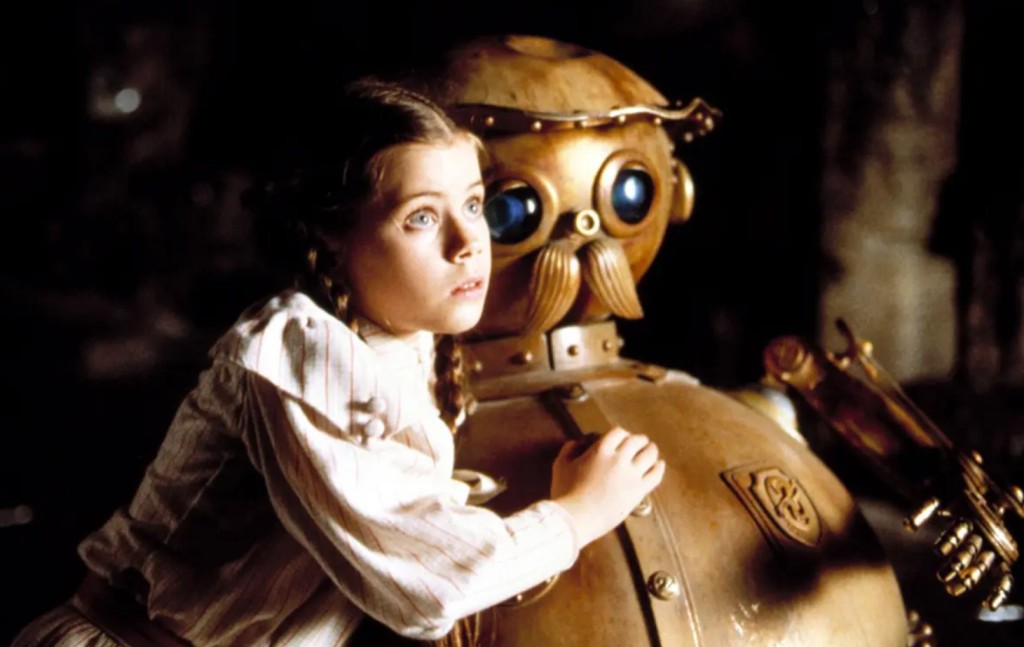
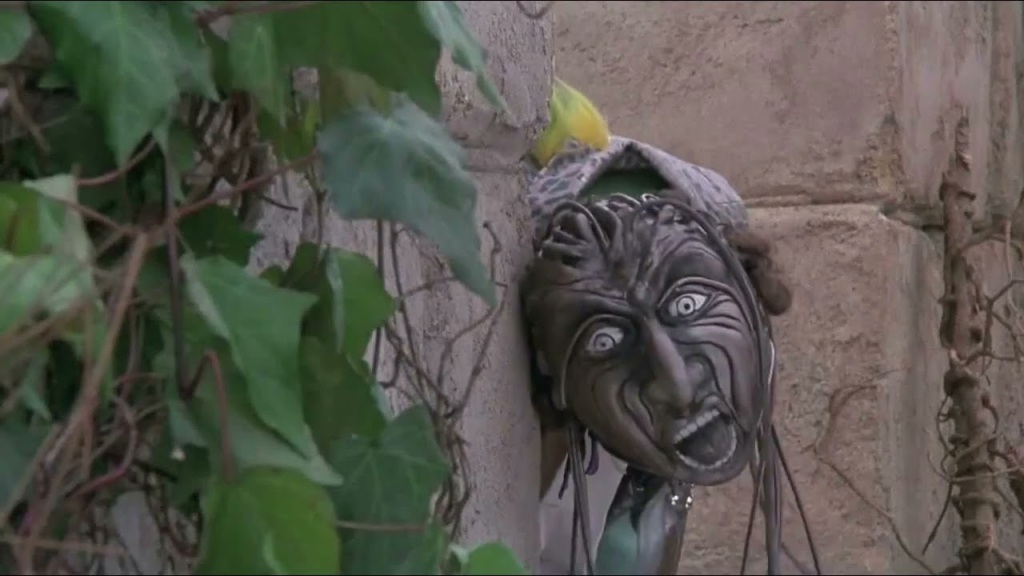
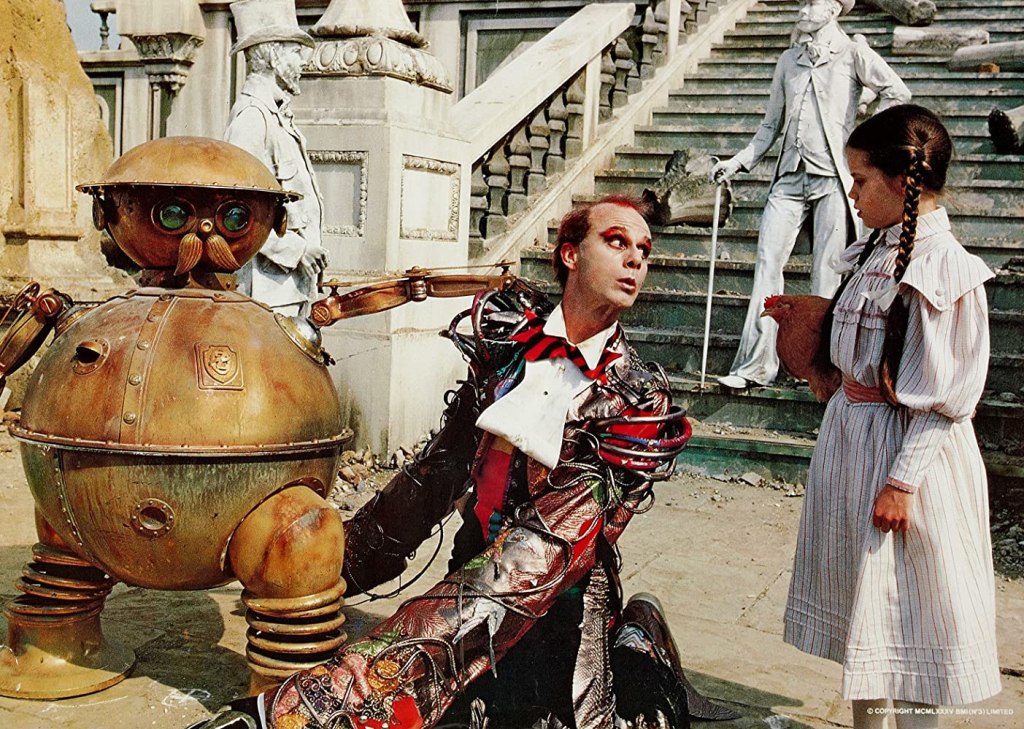
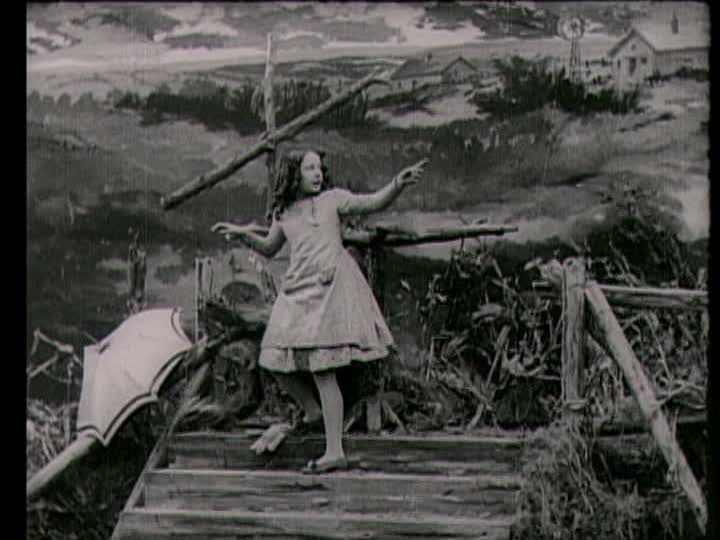
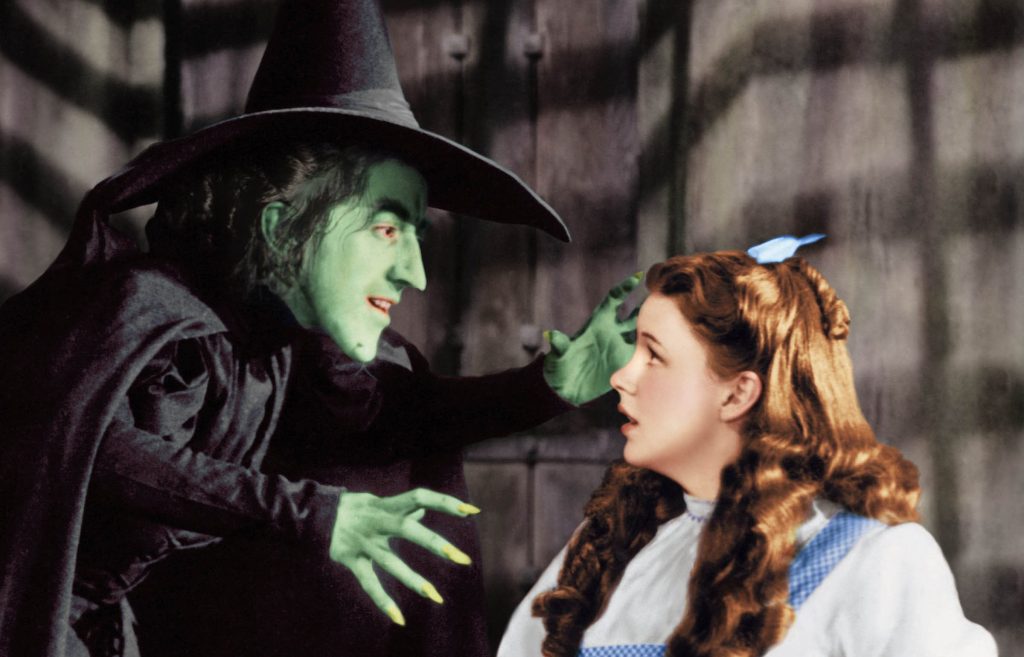
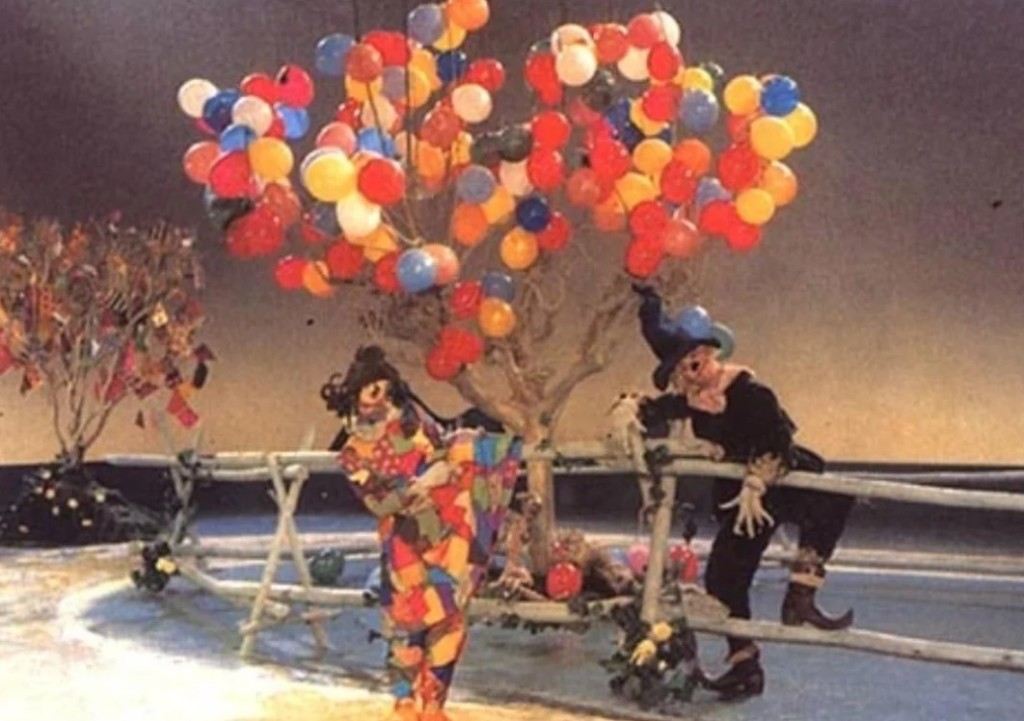
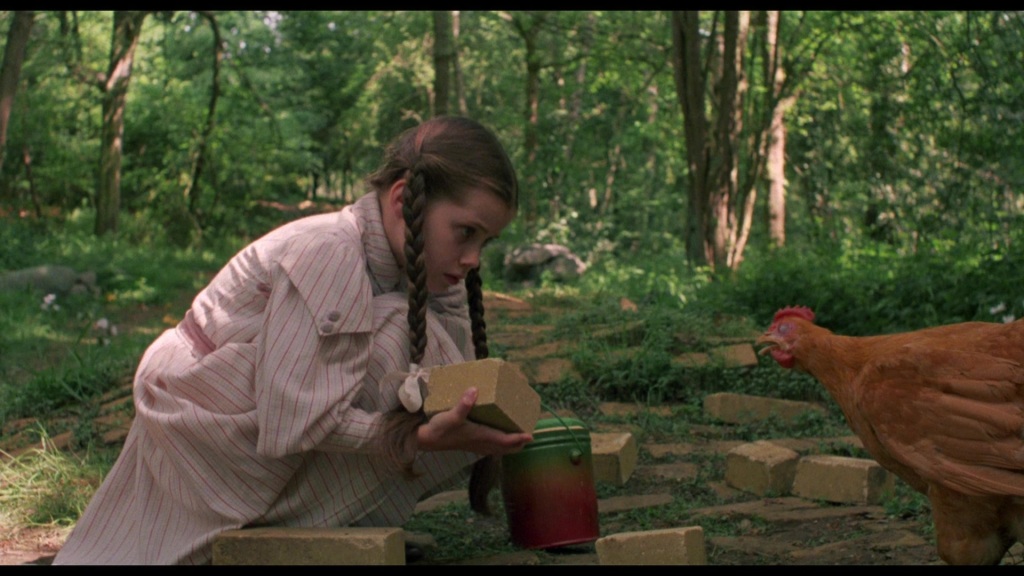

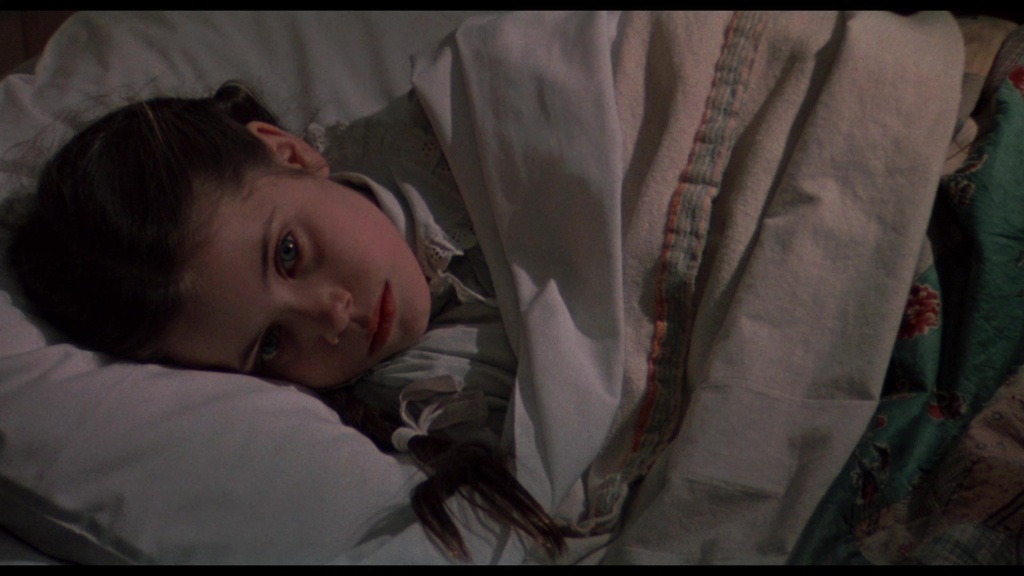
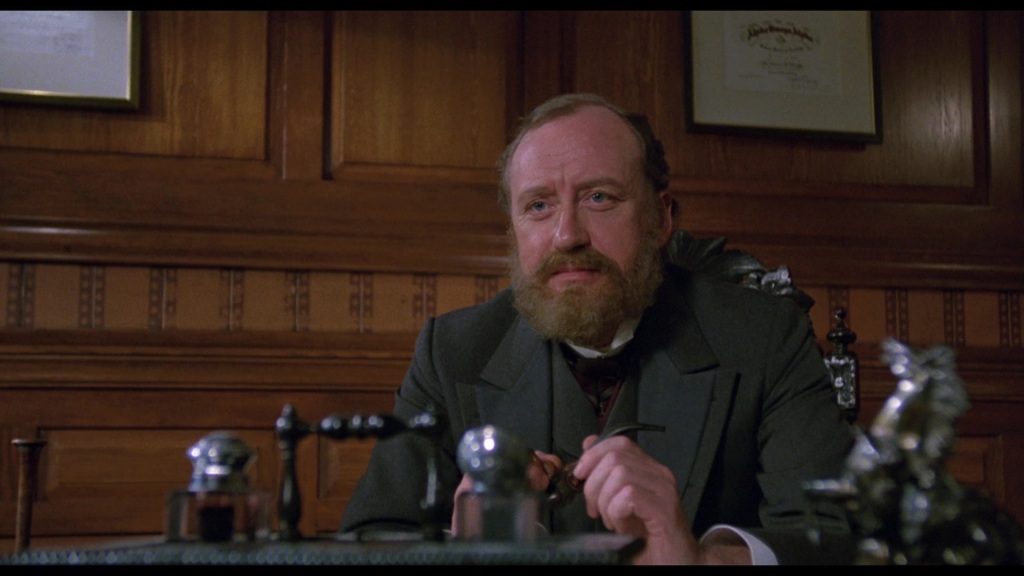
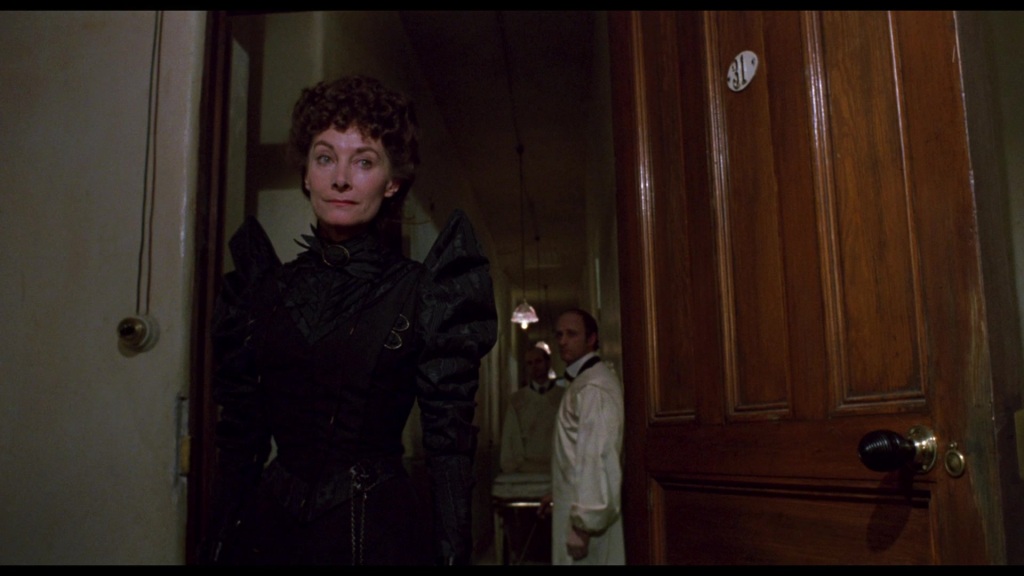
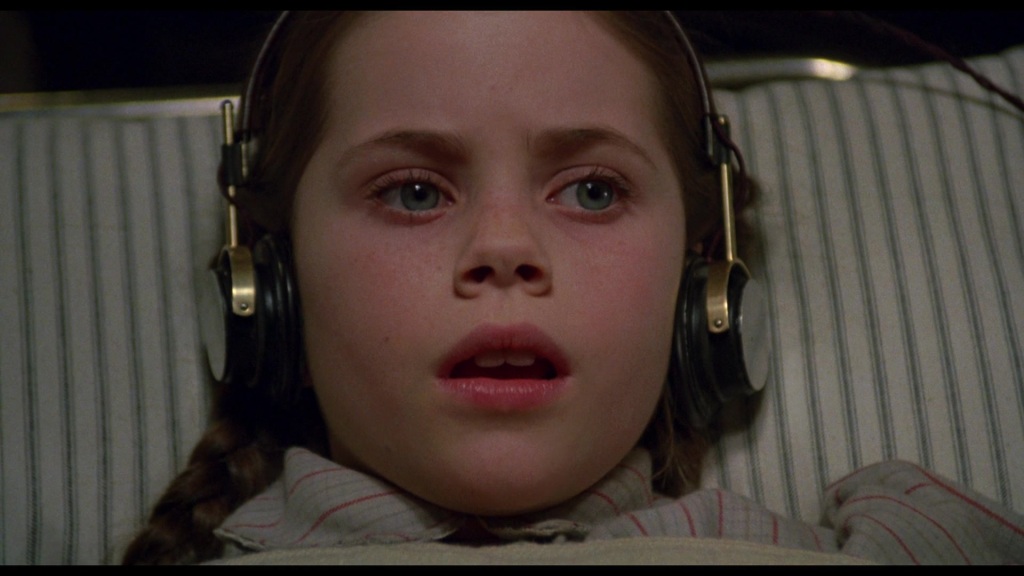
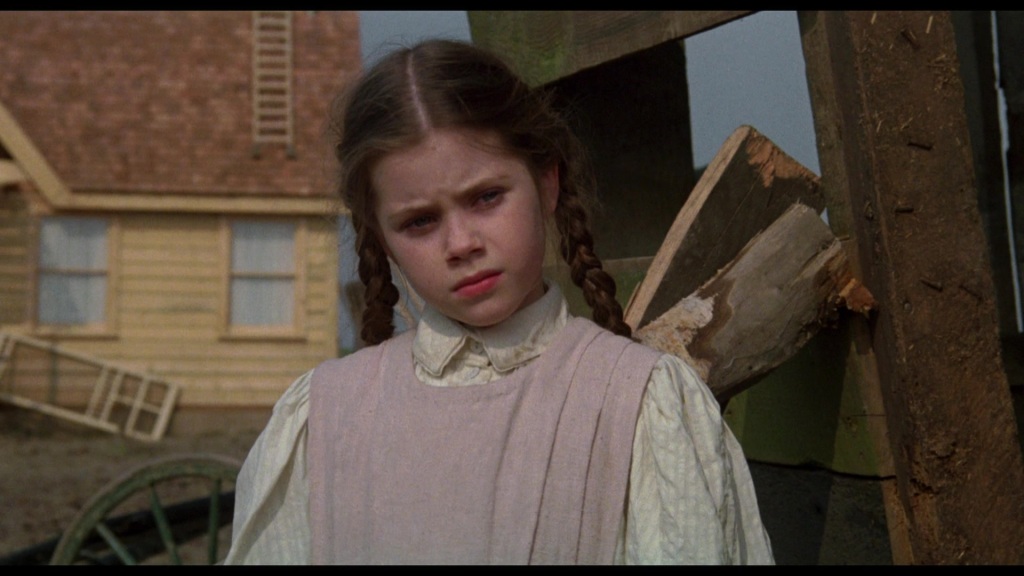
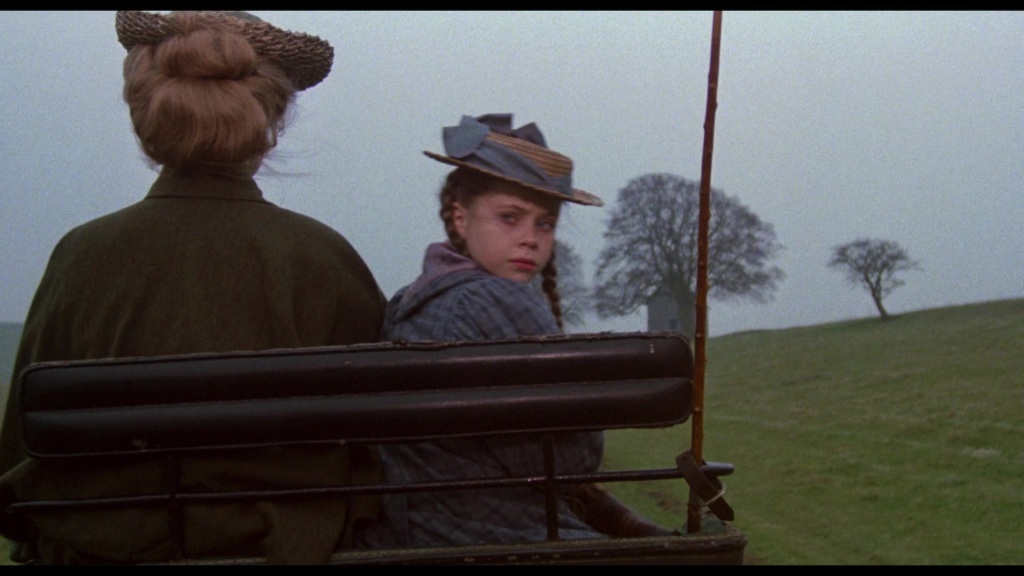
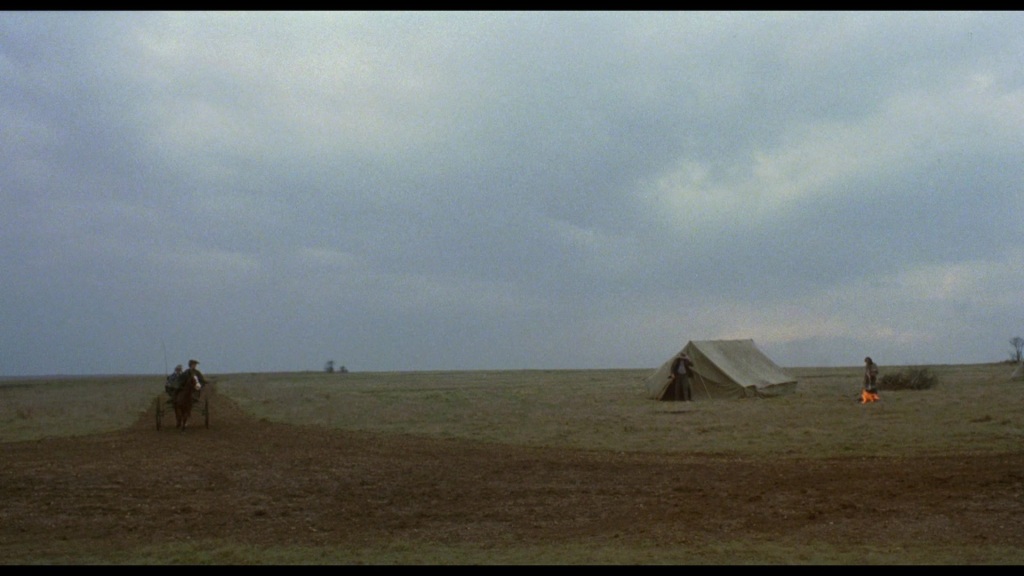
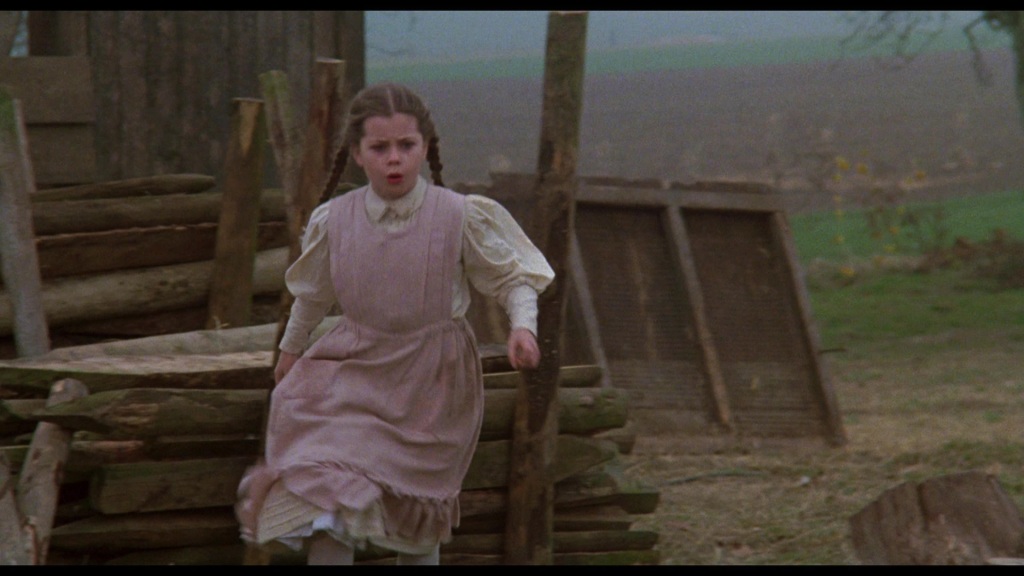
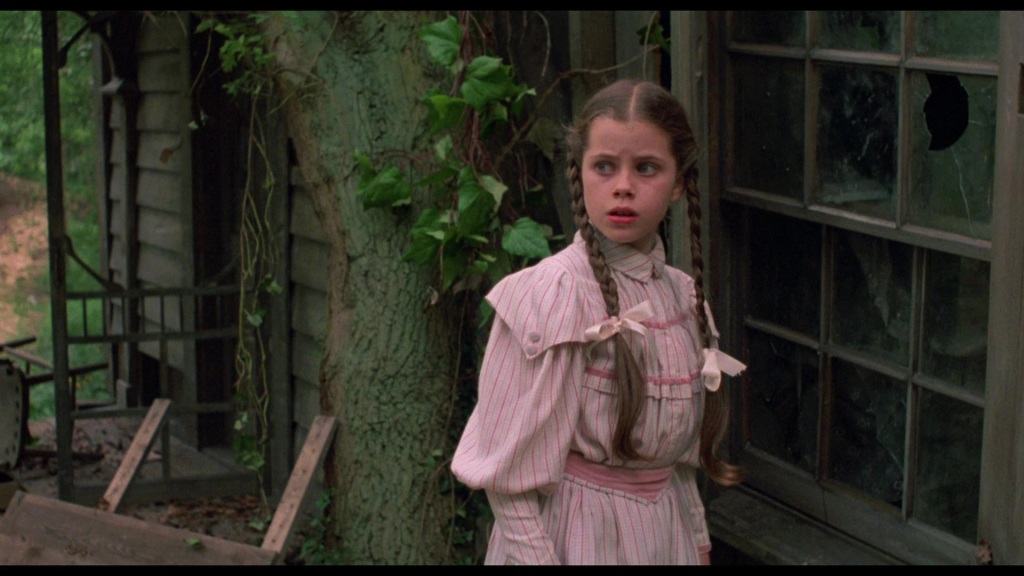
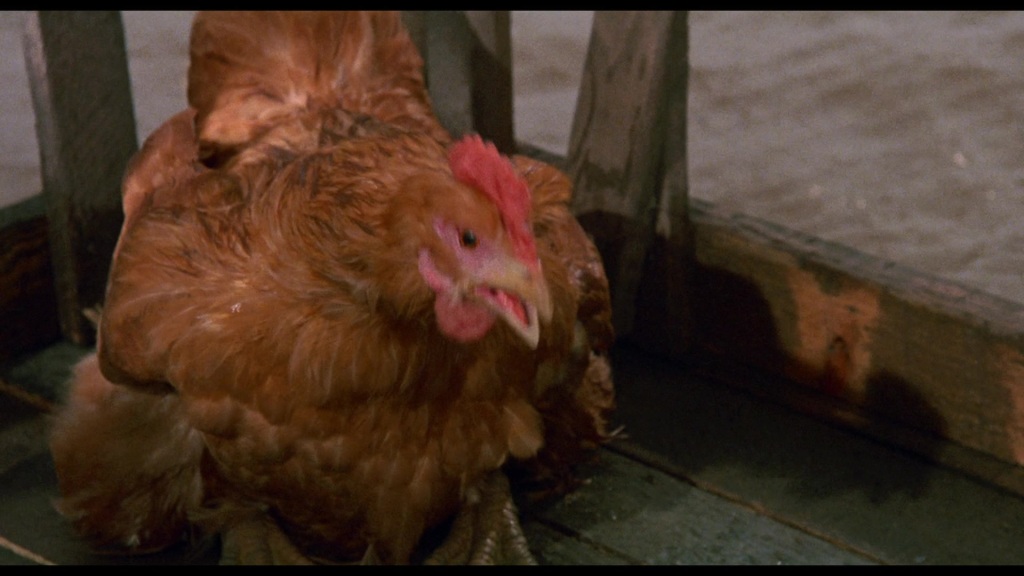
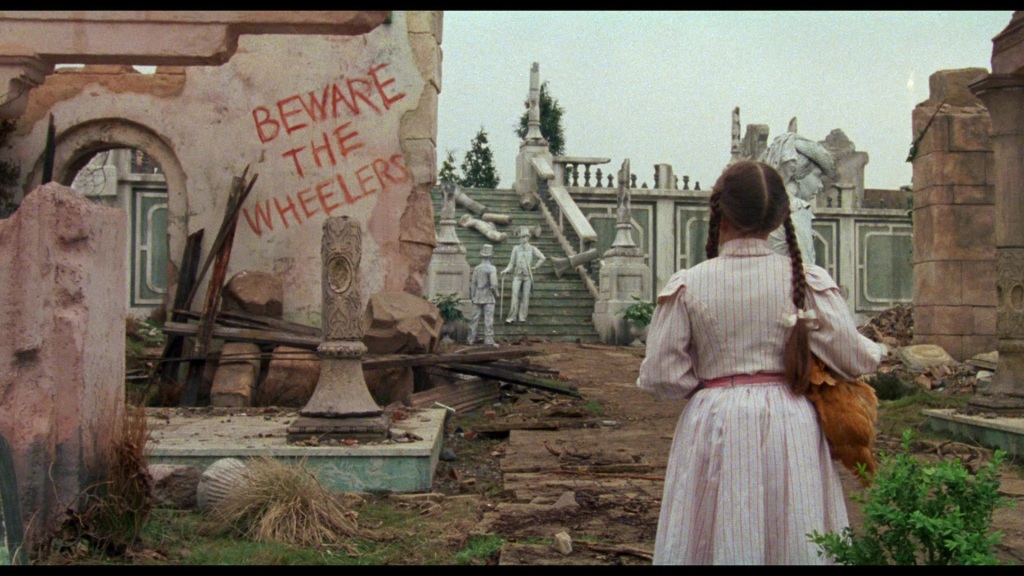
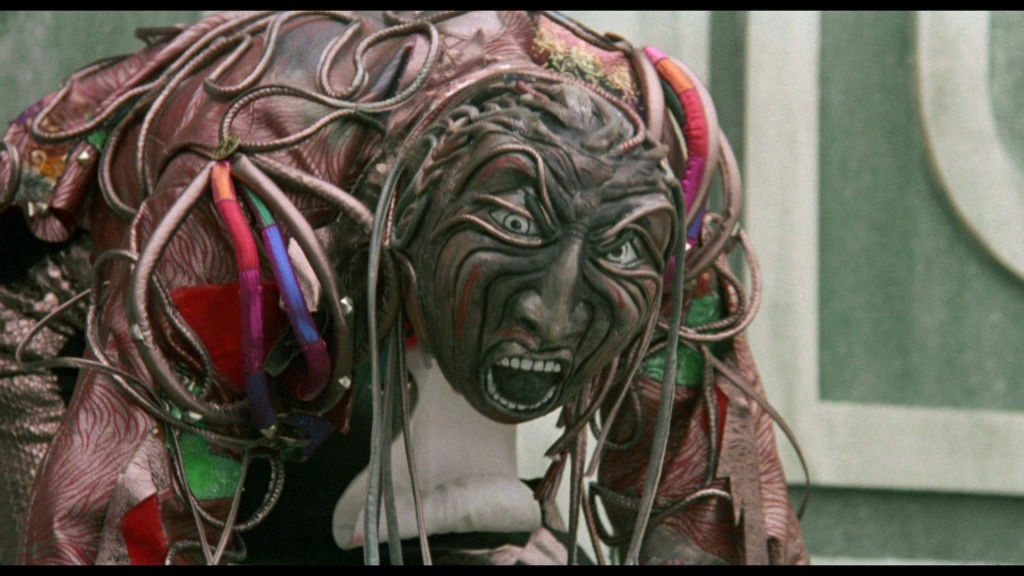
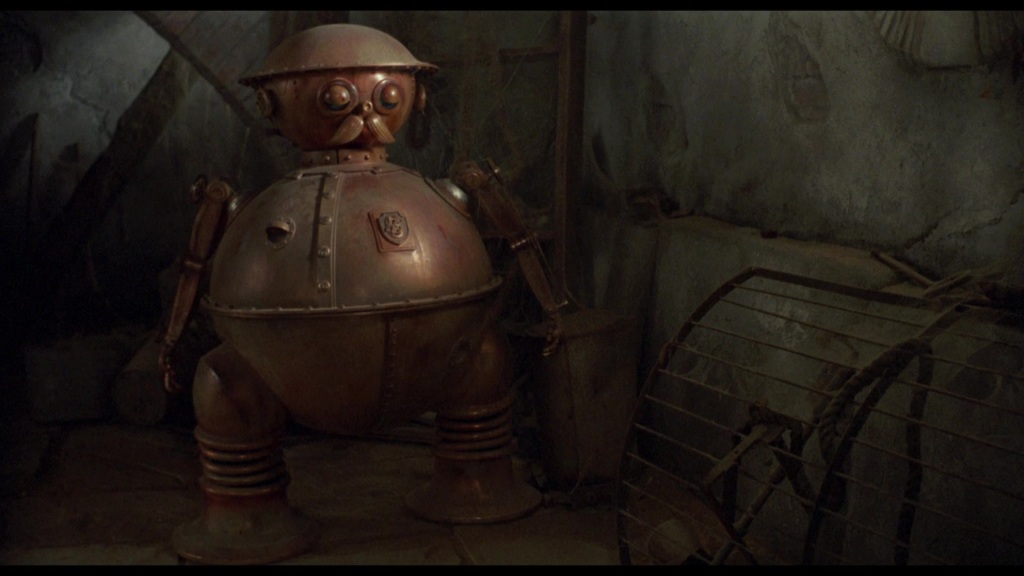
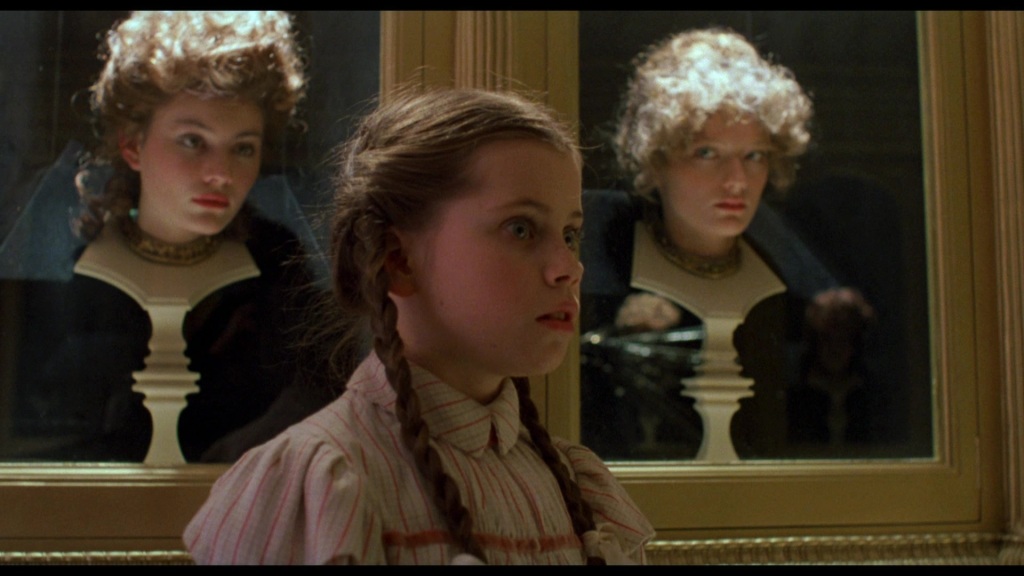
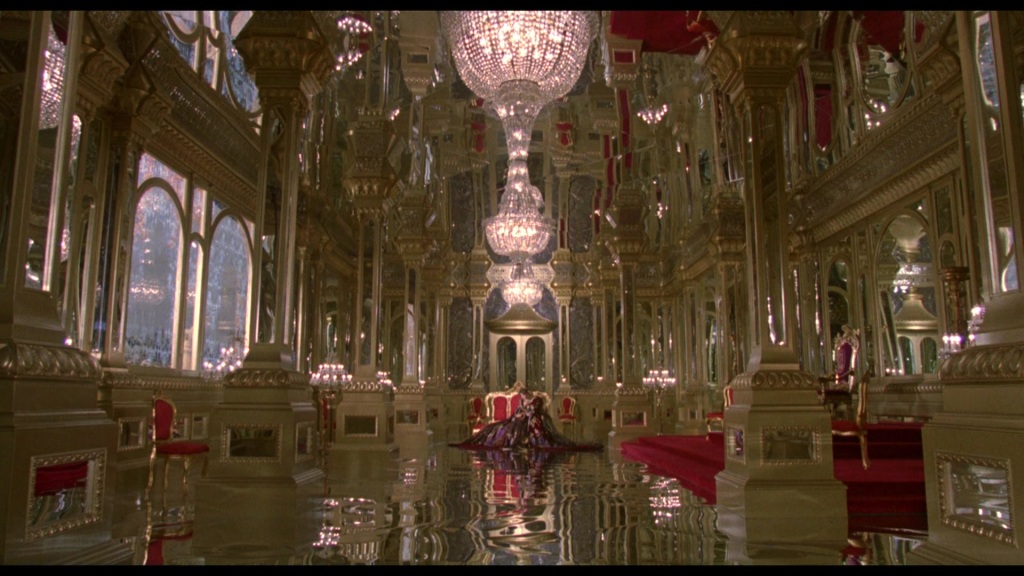
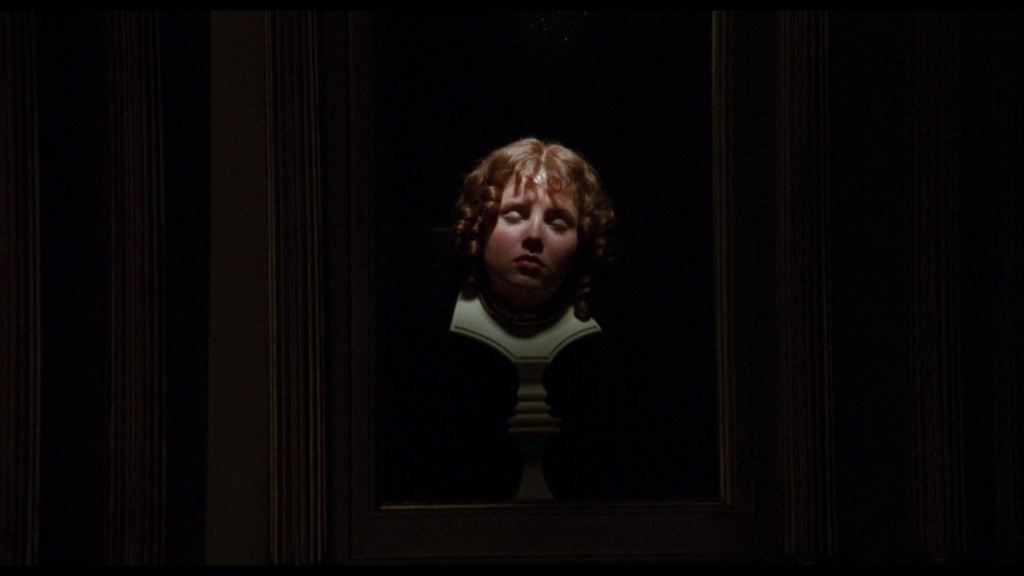
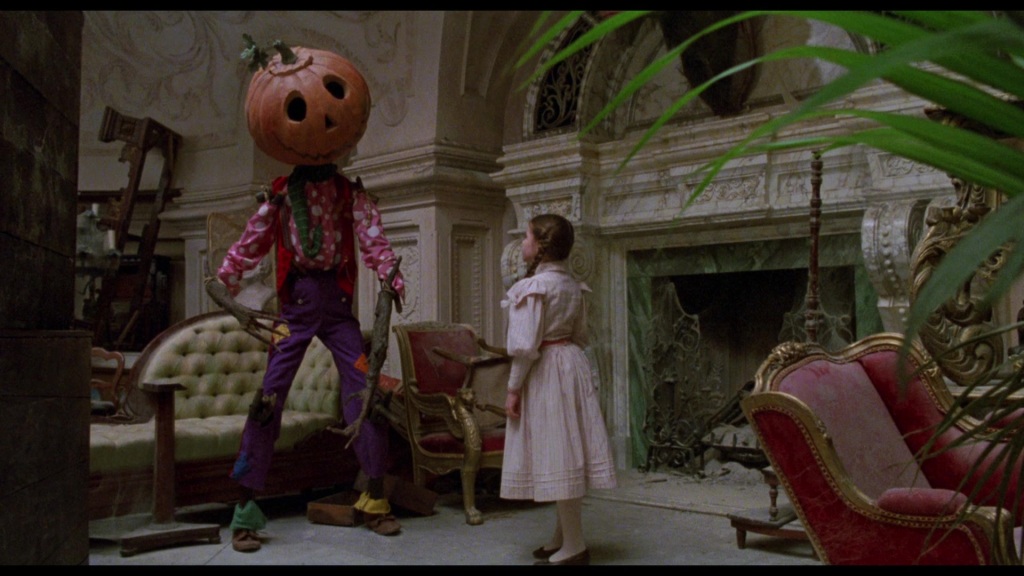
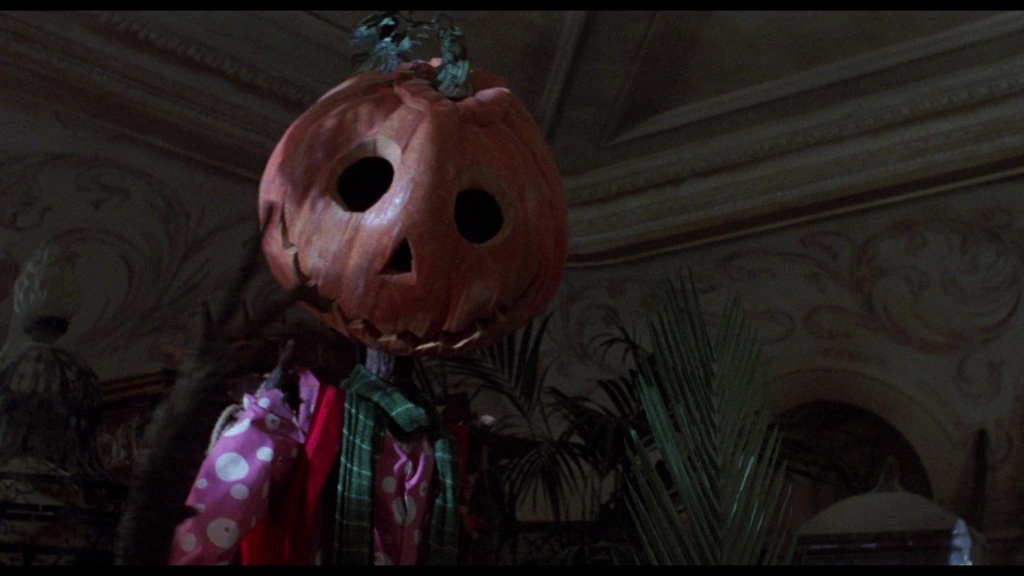
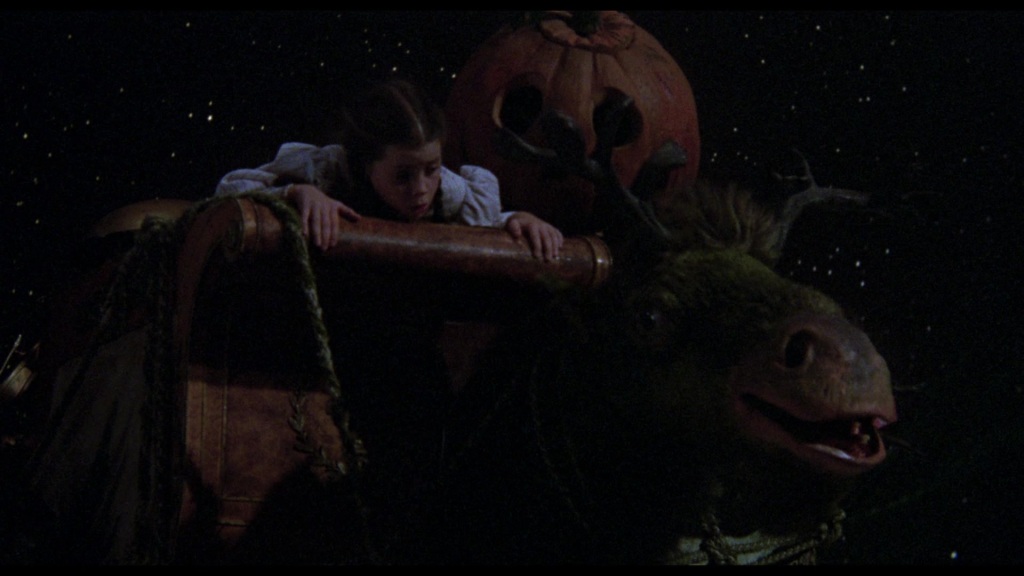
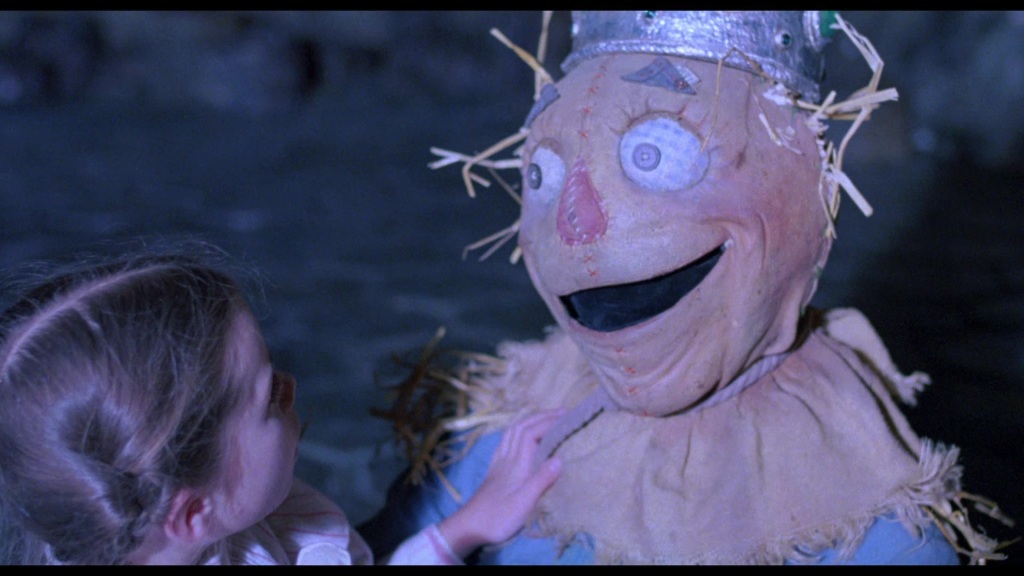
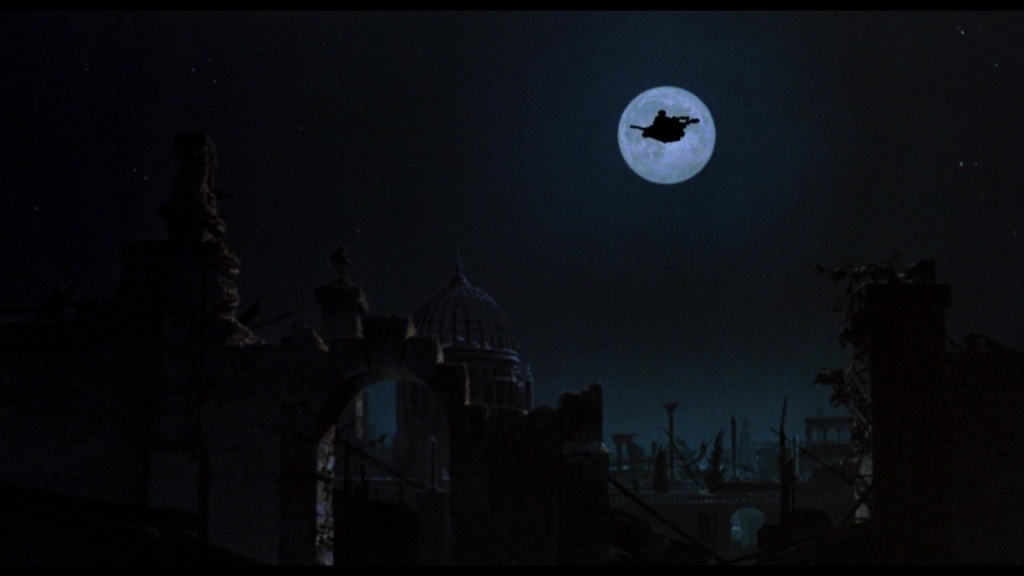
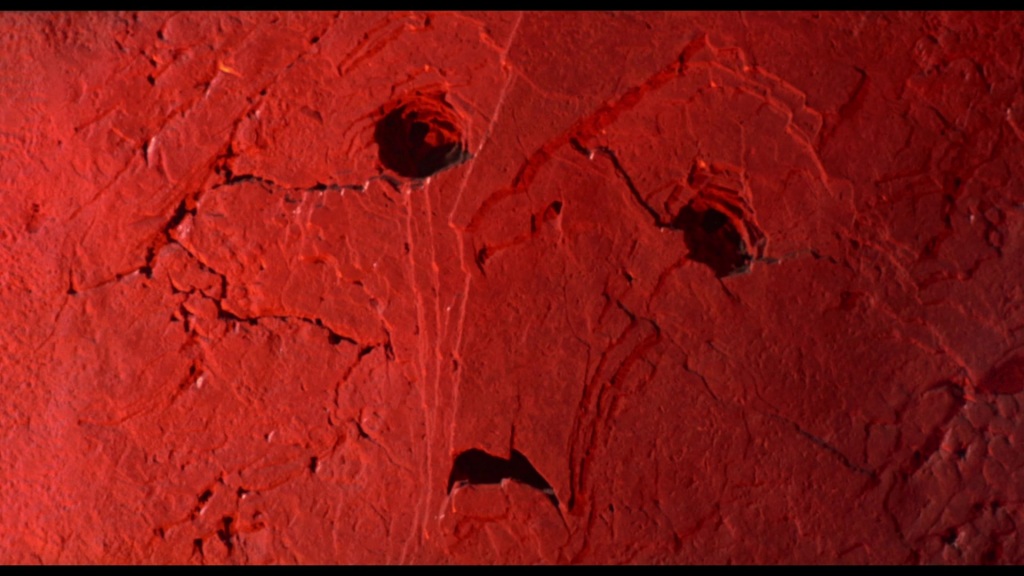
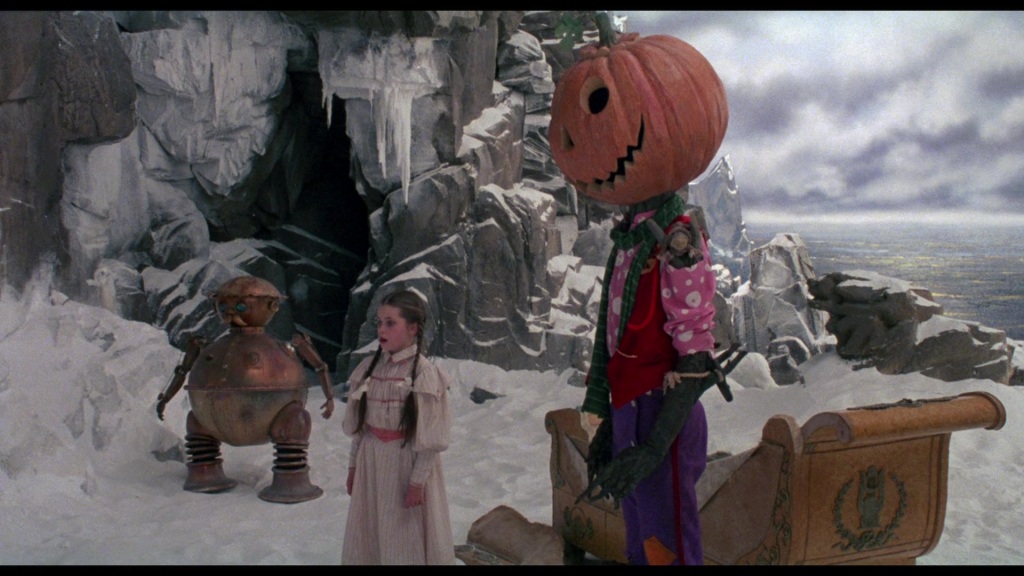
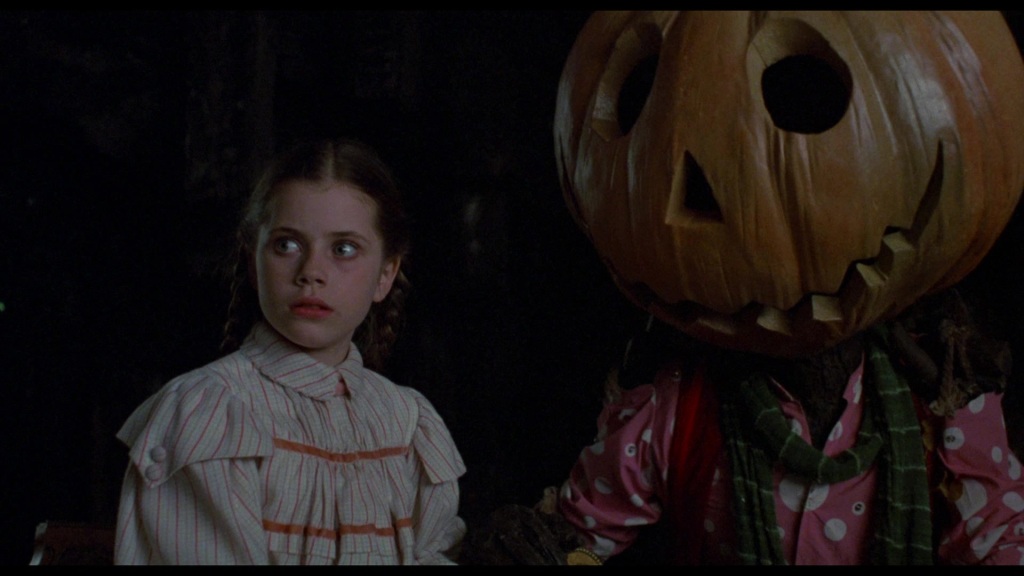
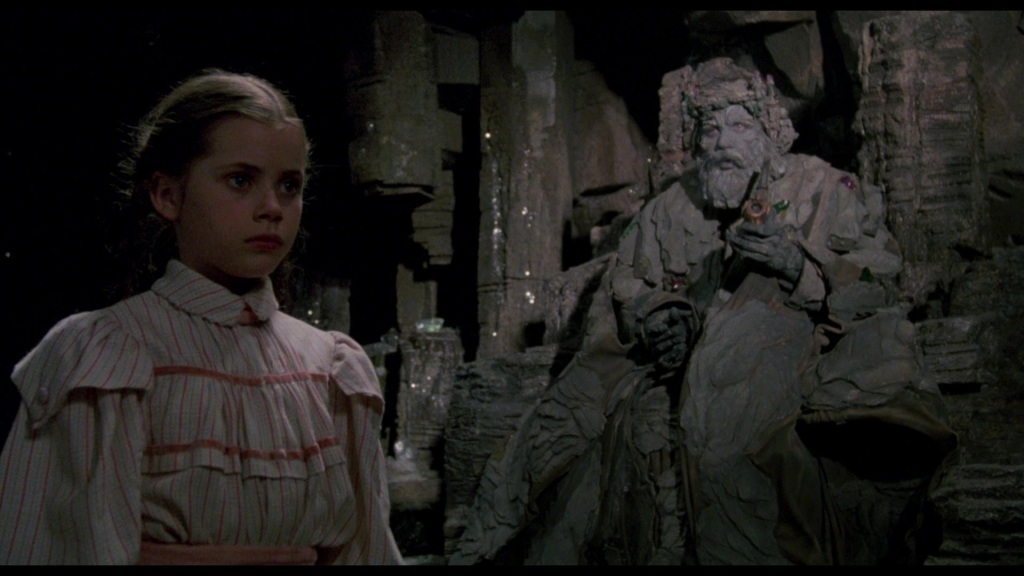
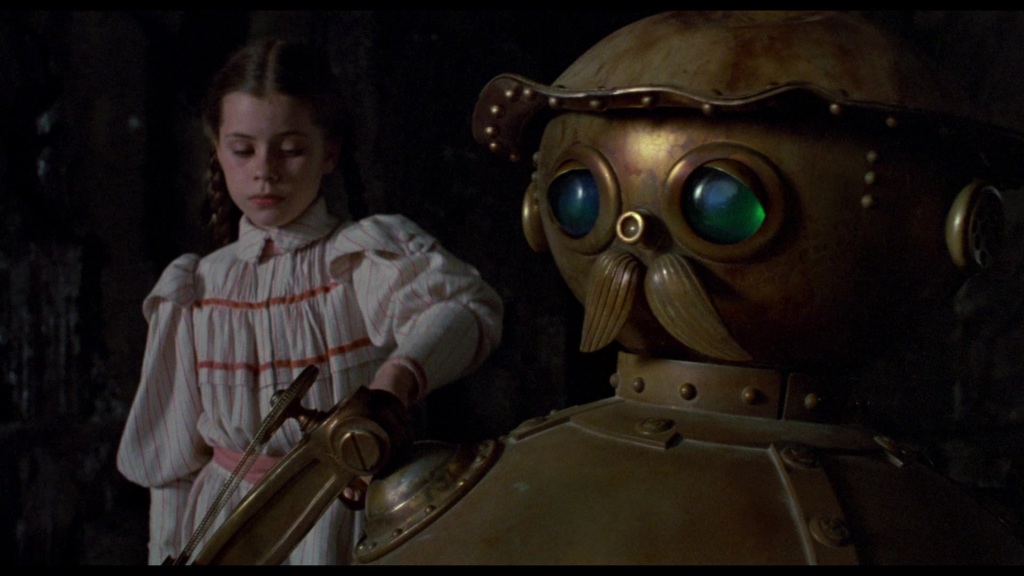
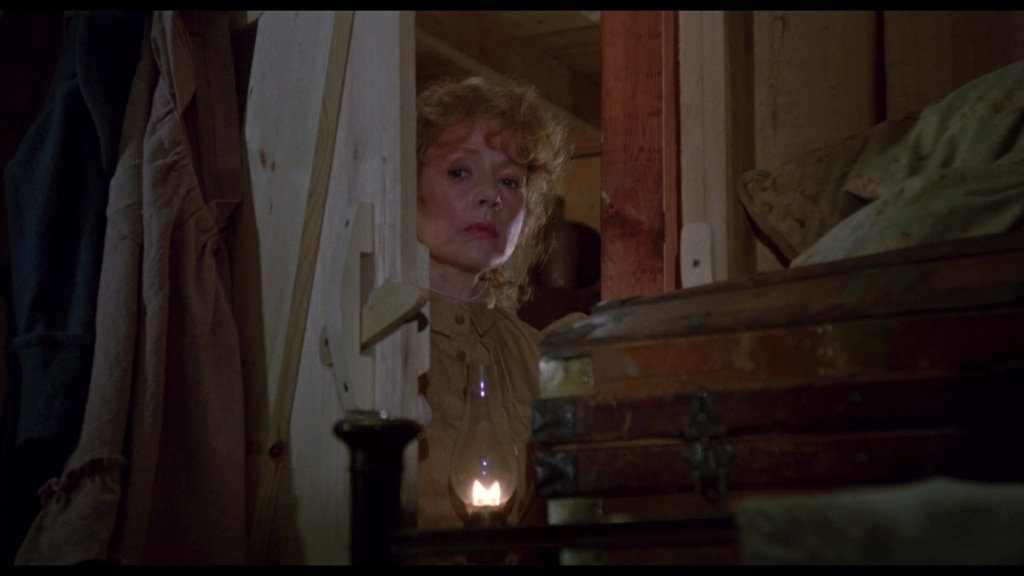
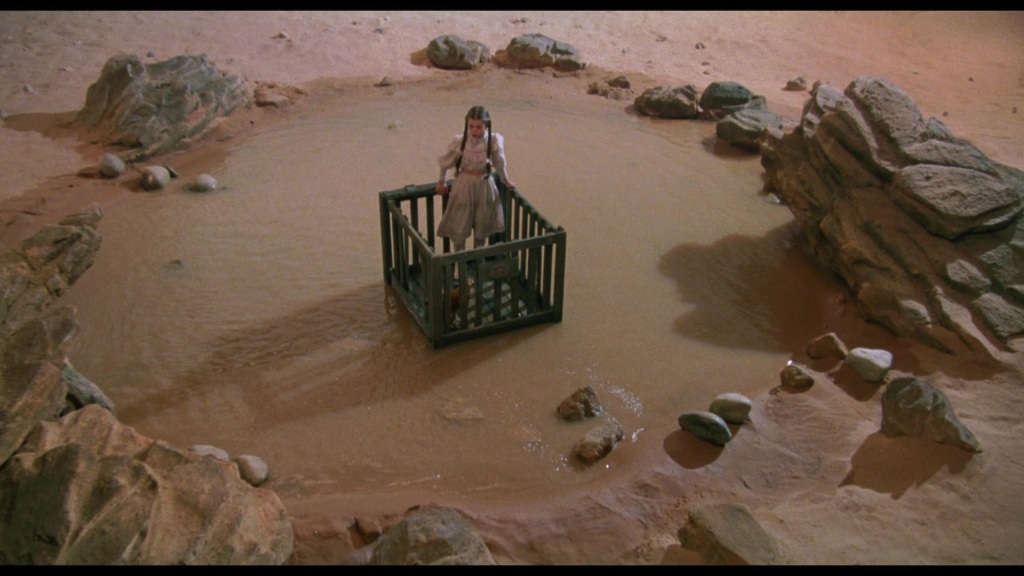
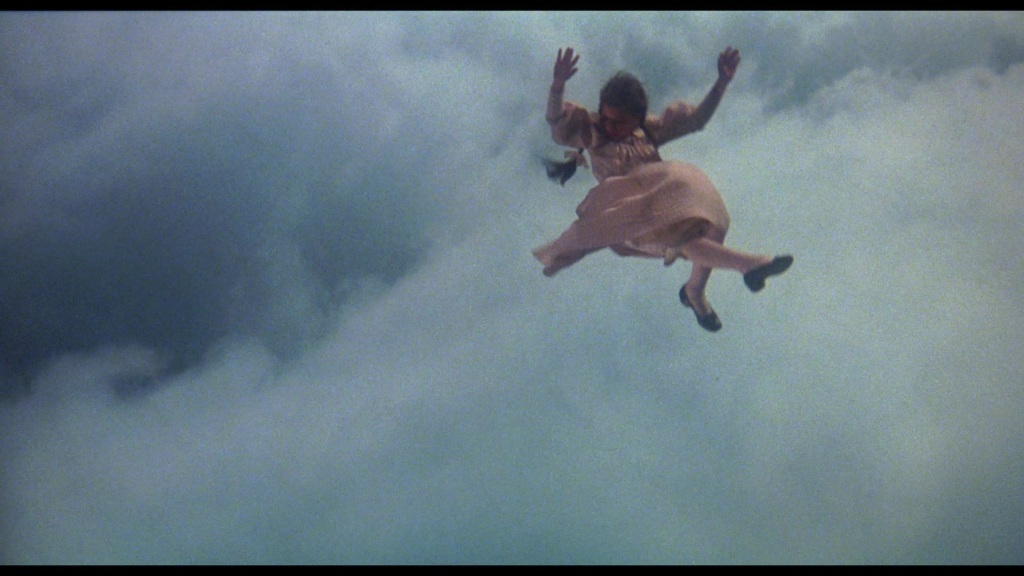
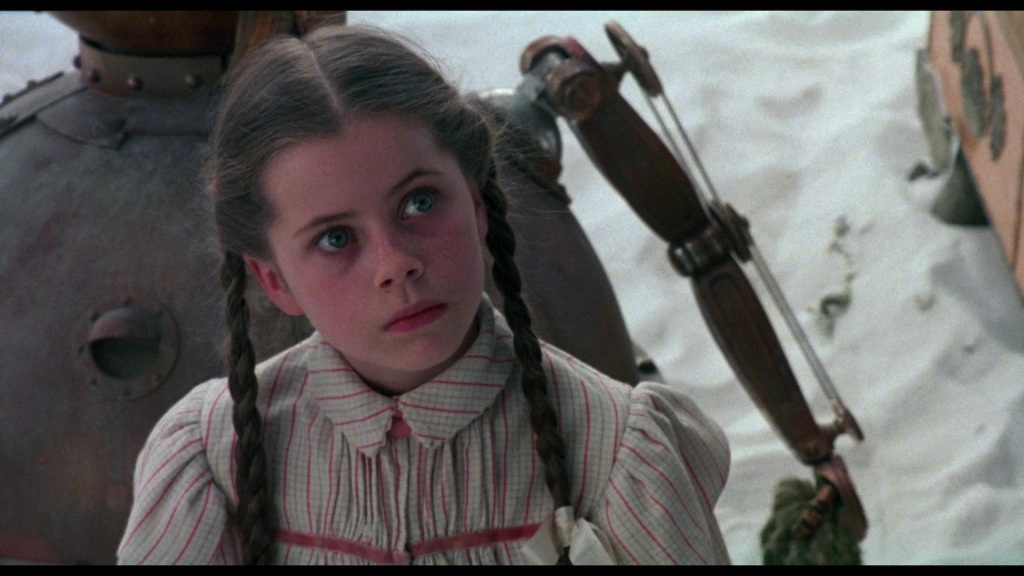
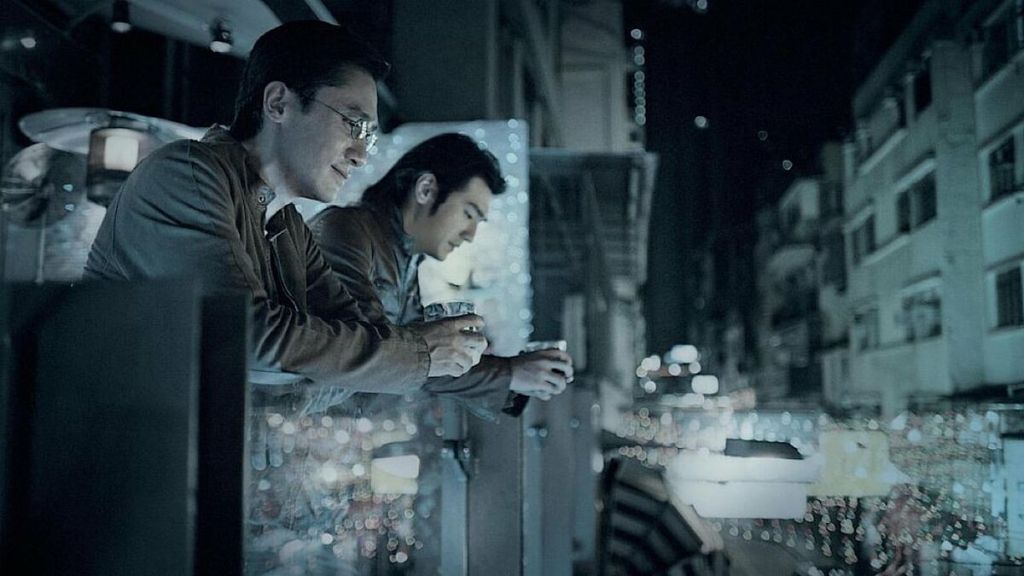
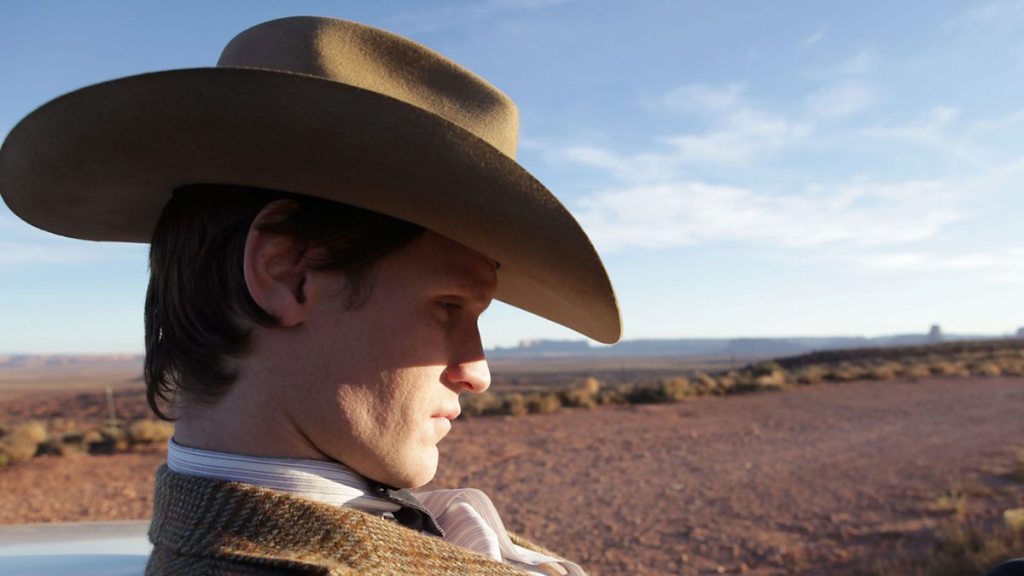
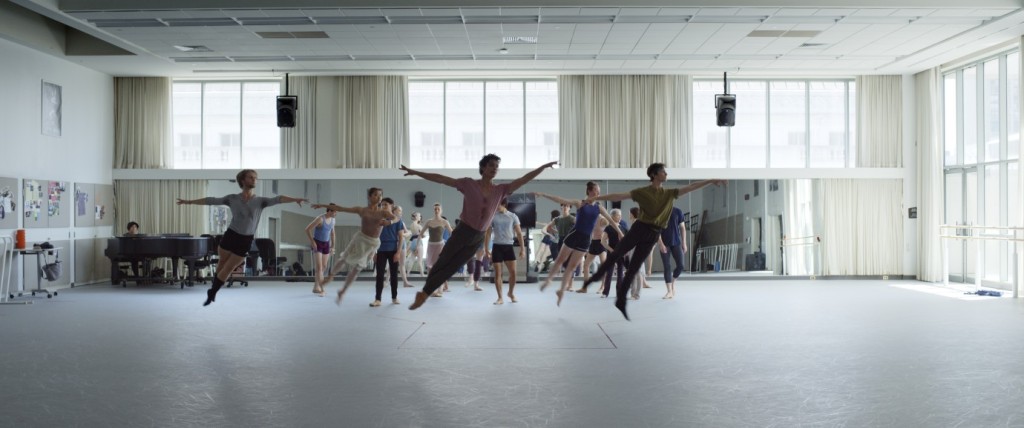
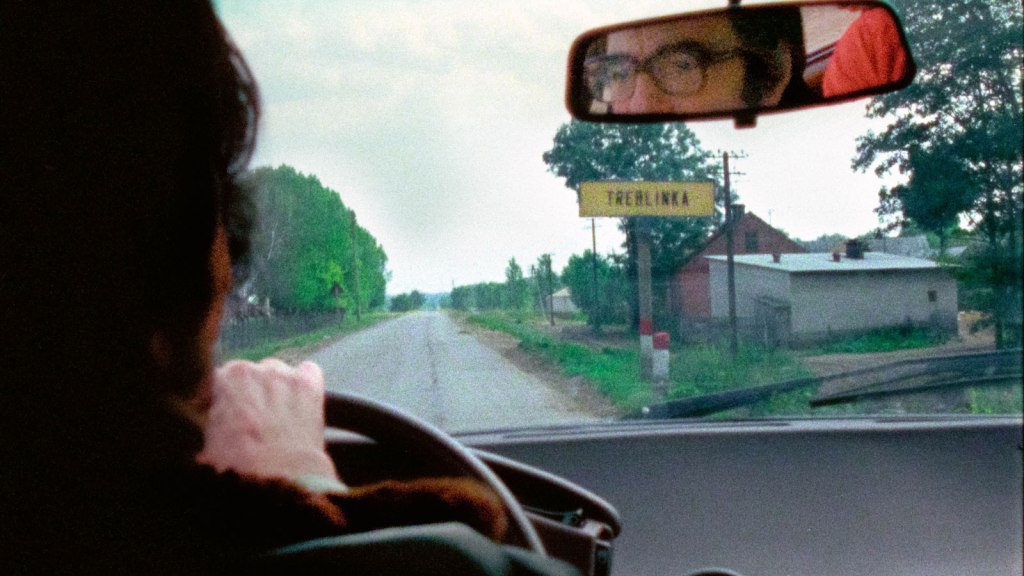
Leave a comment